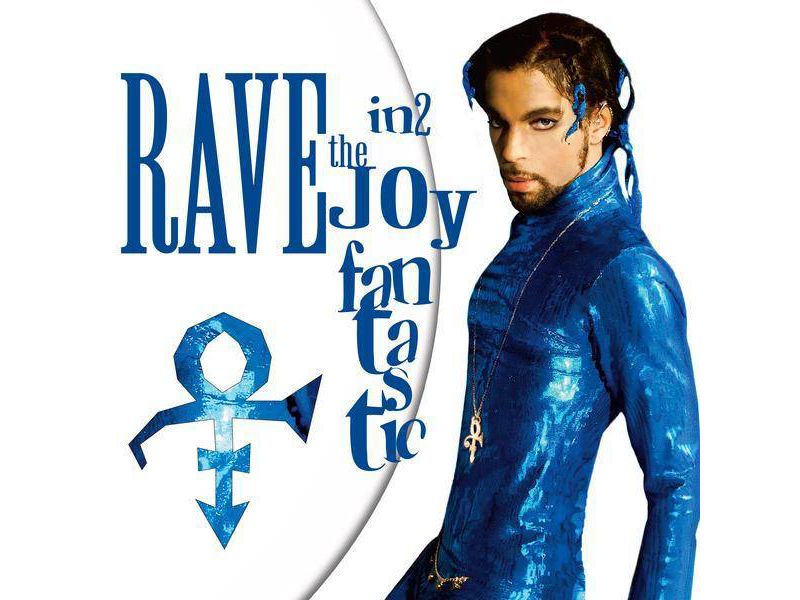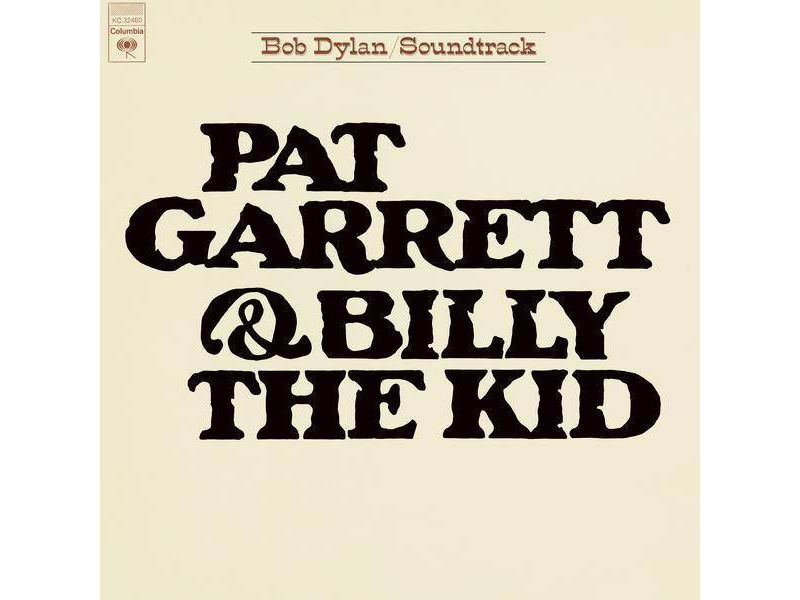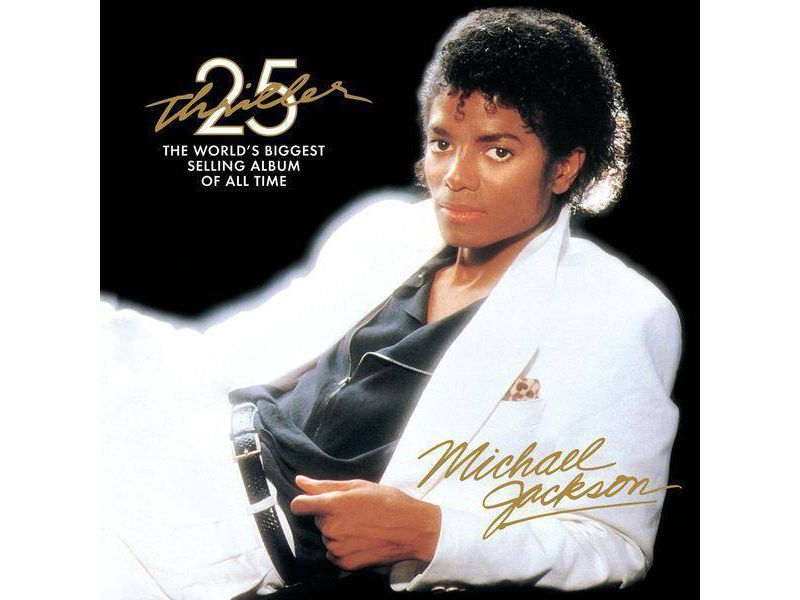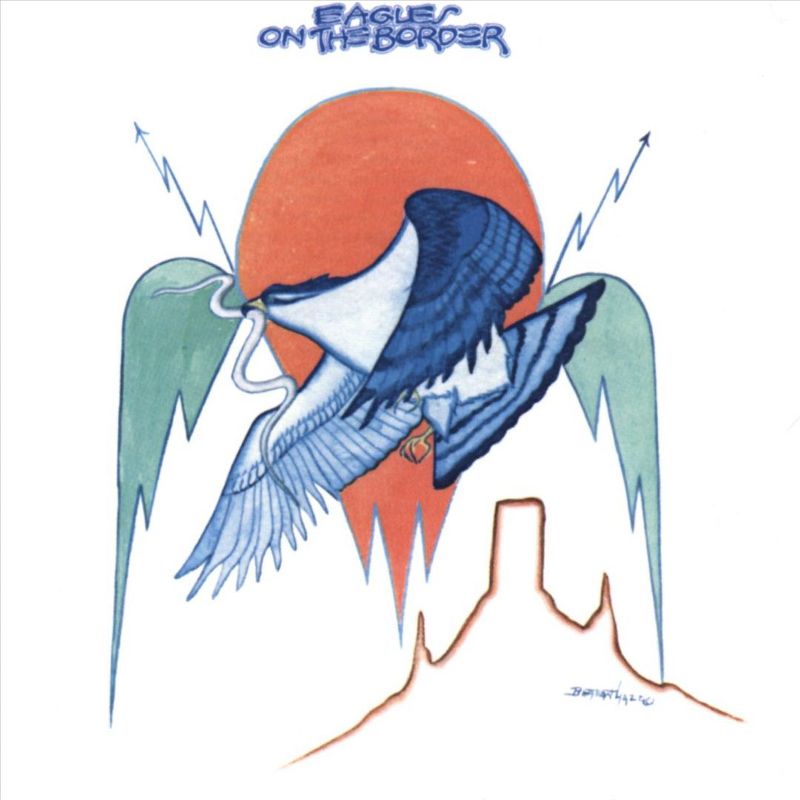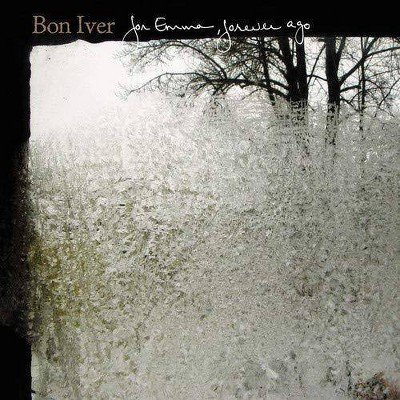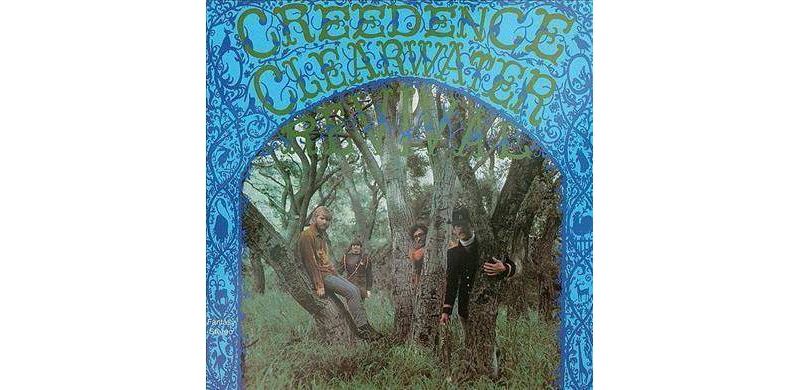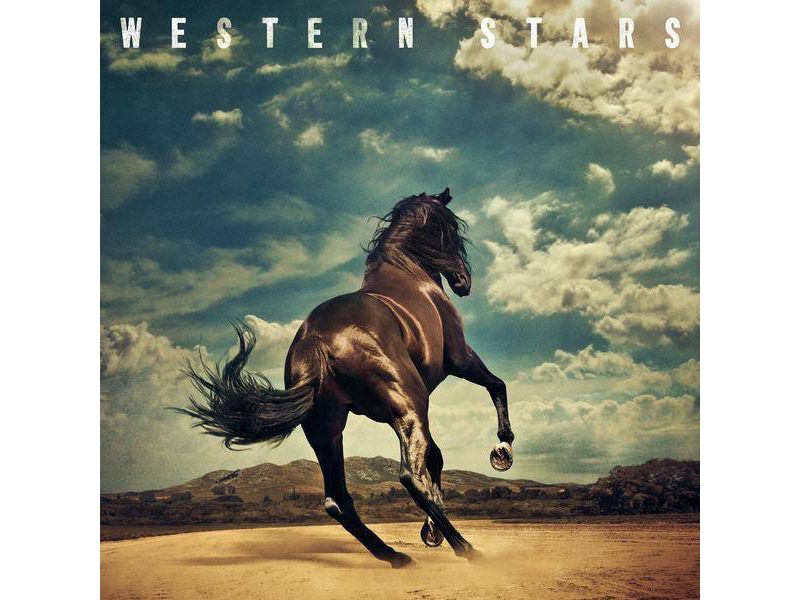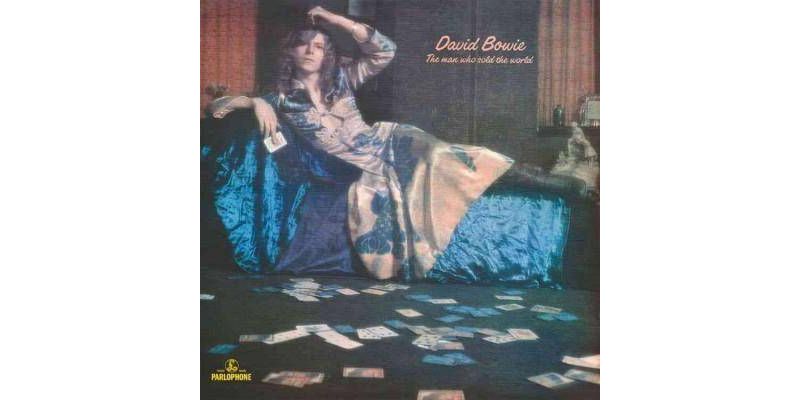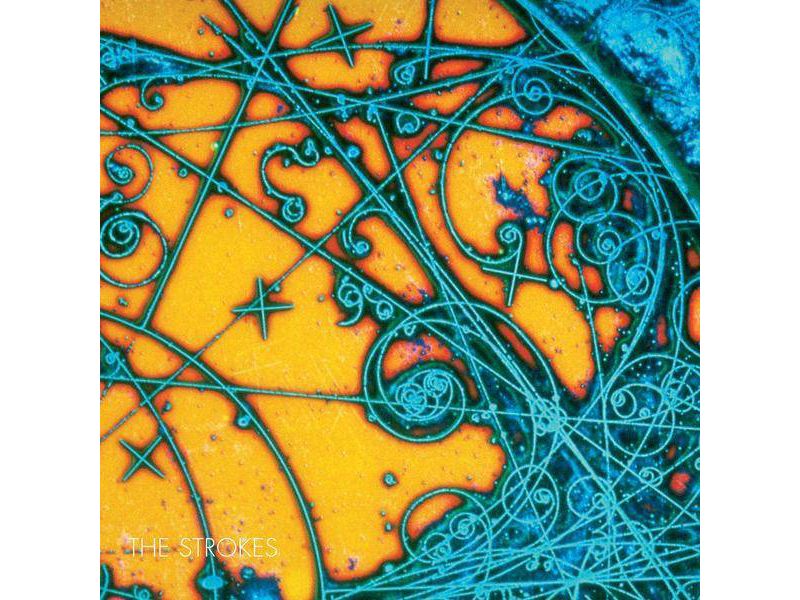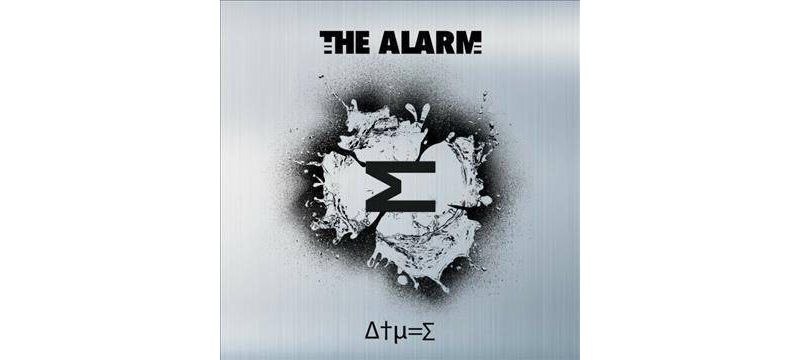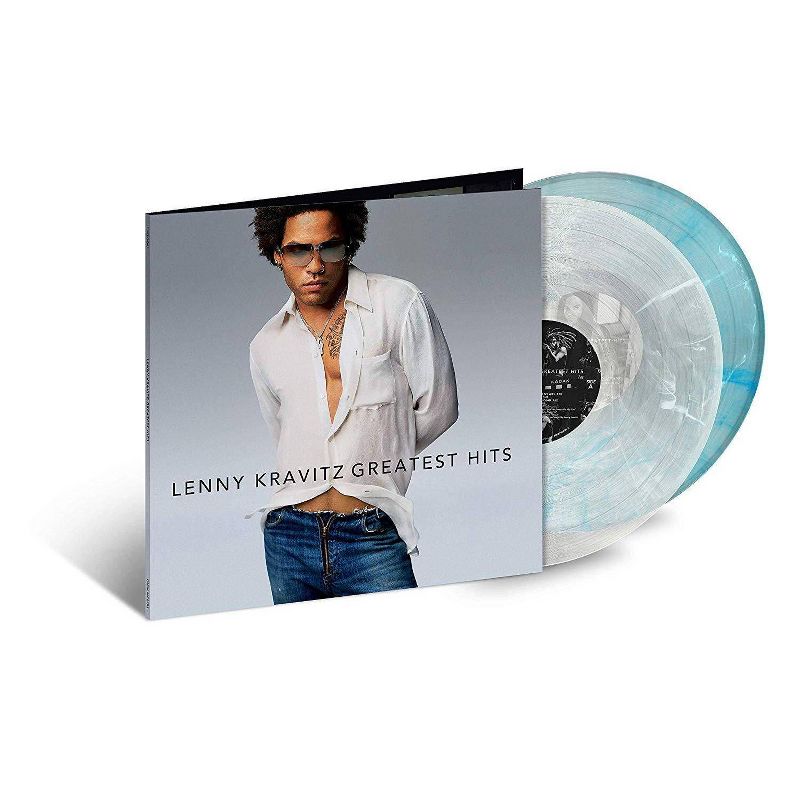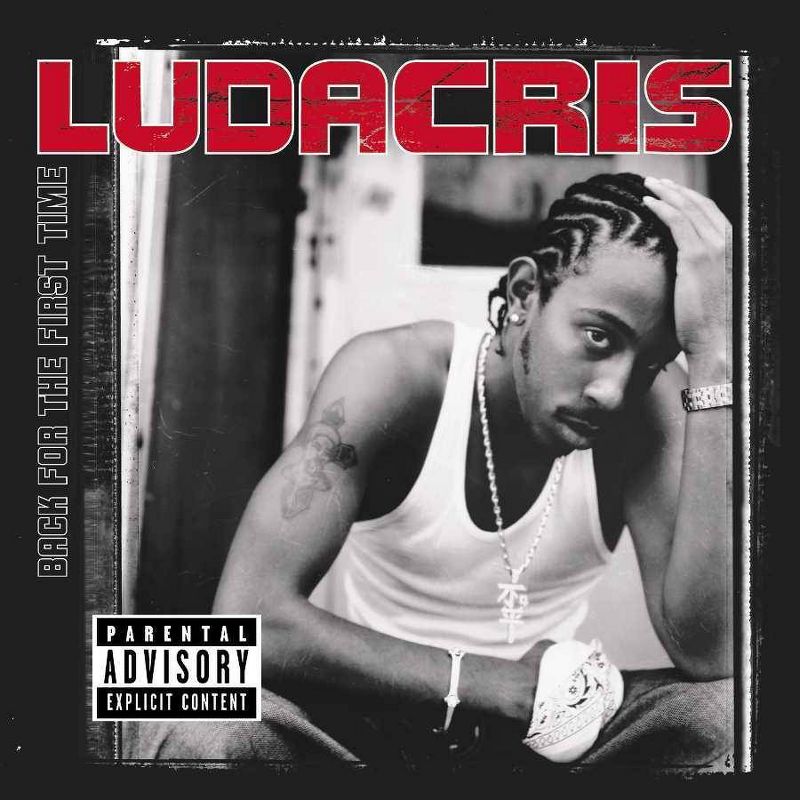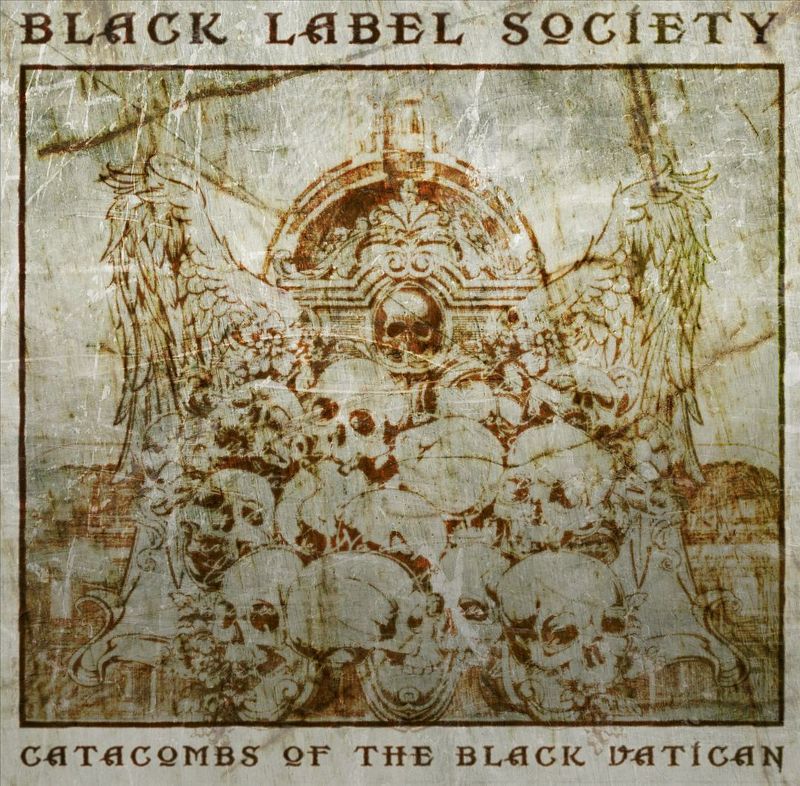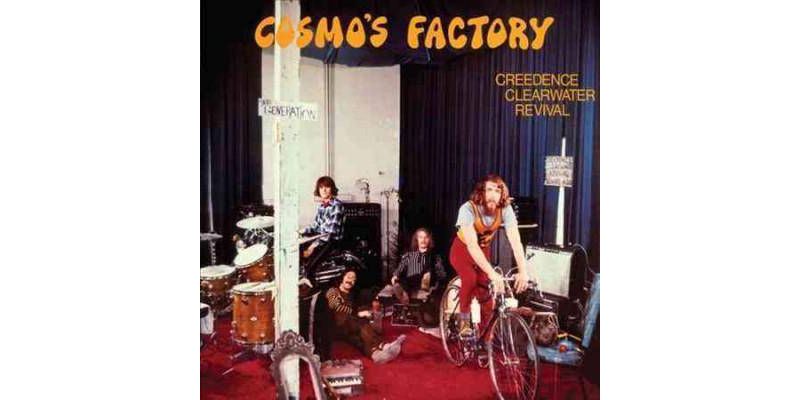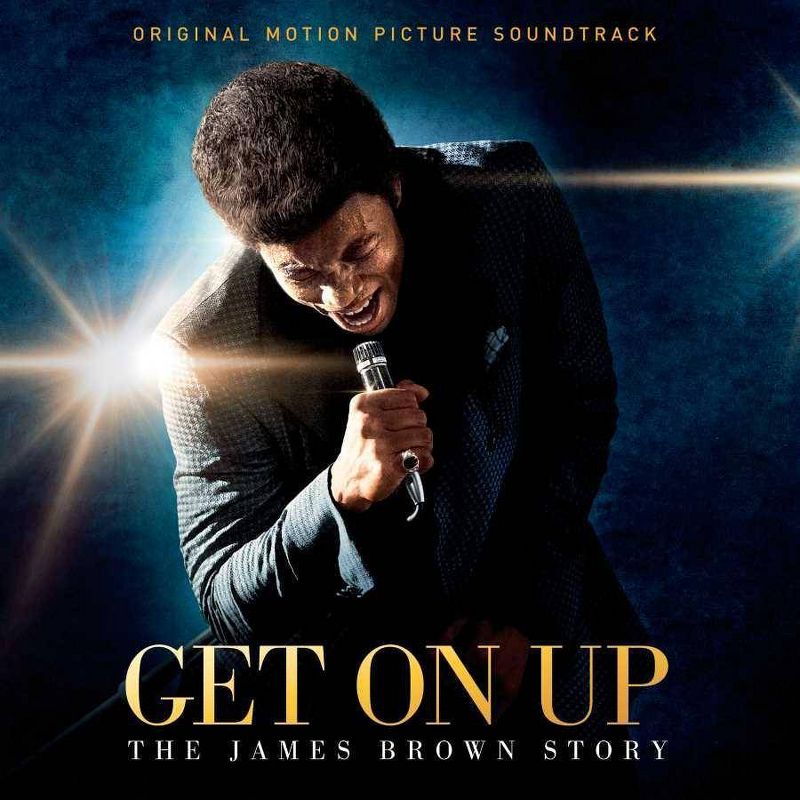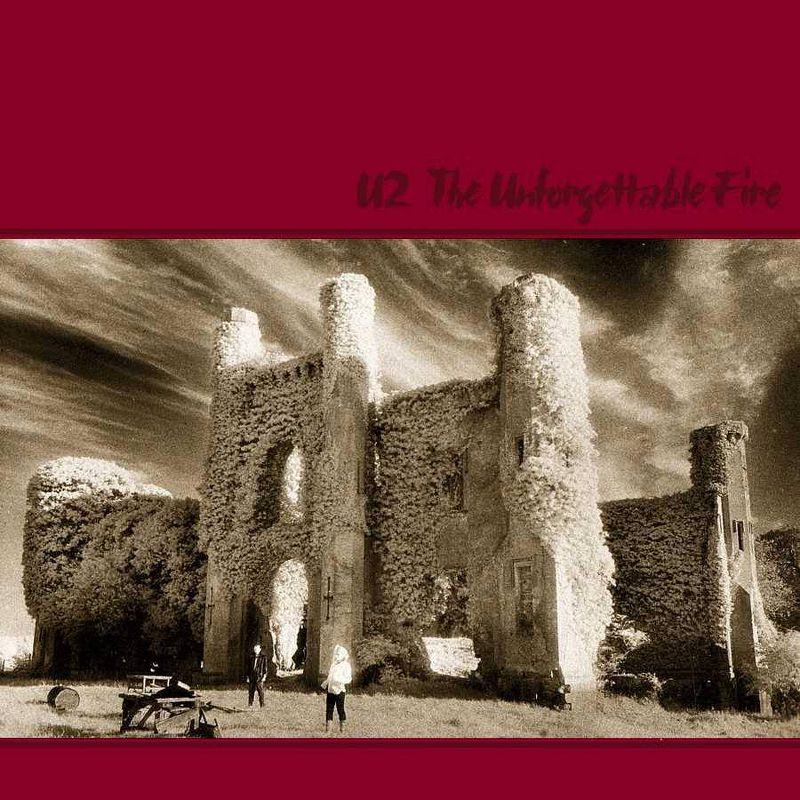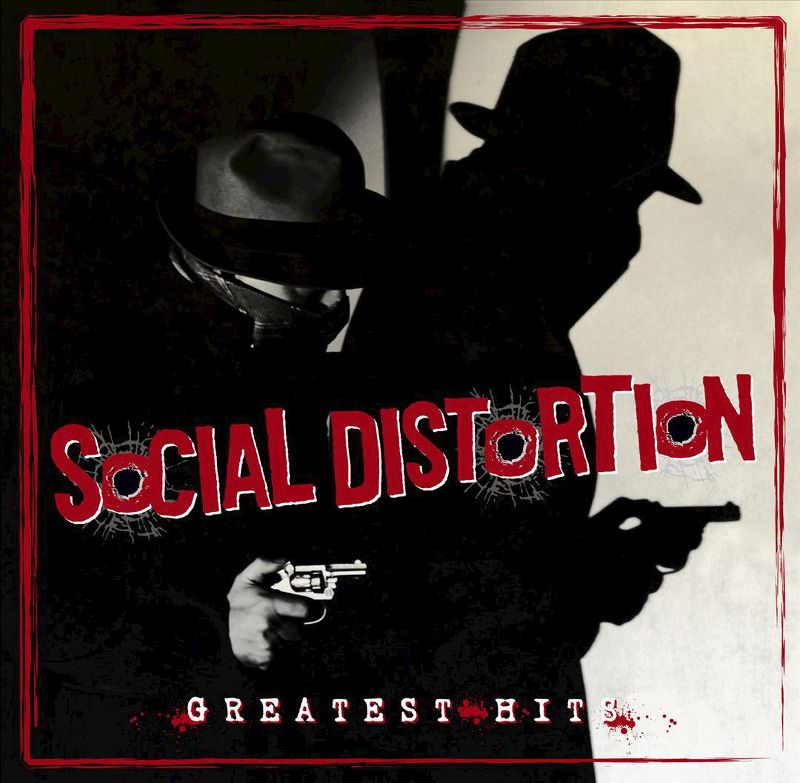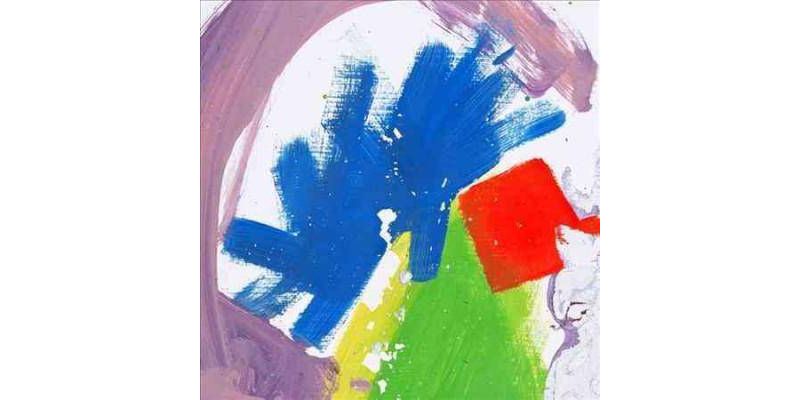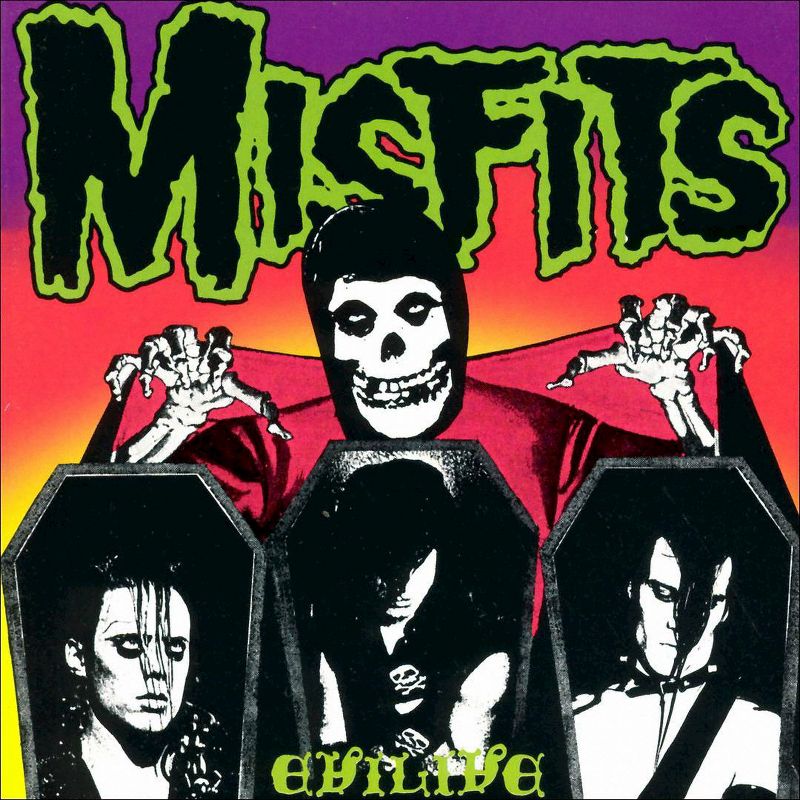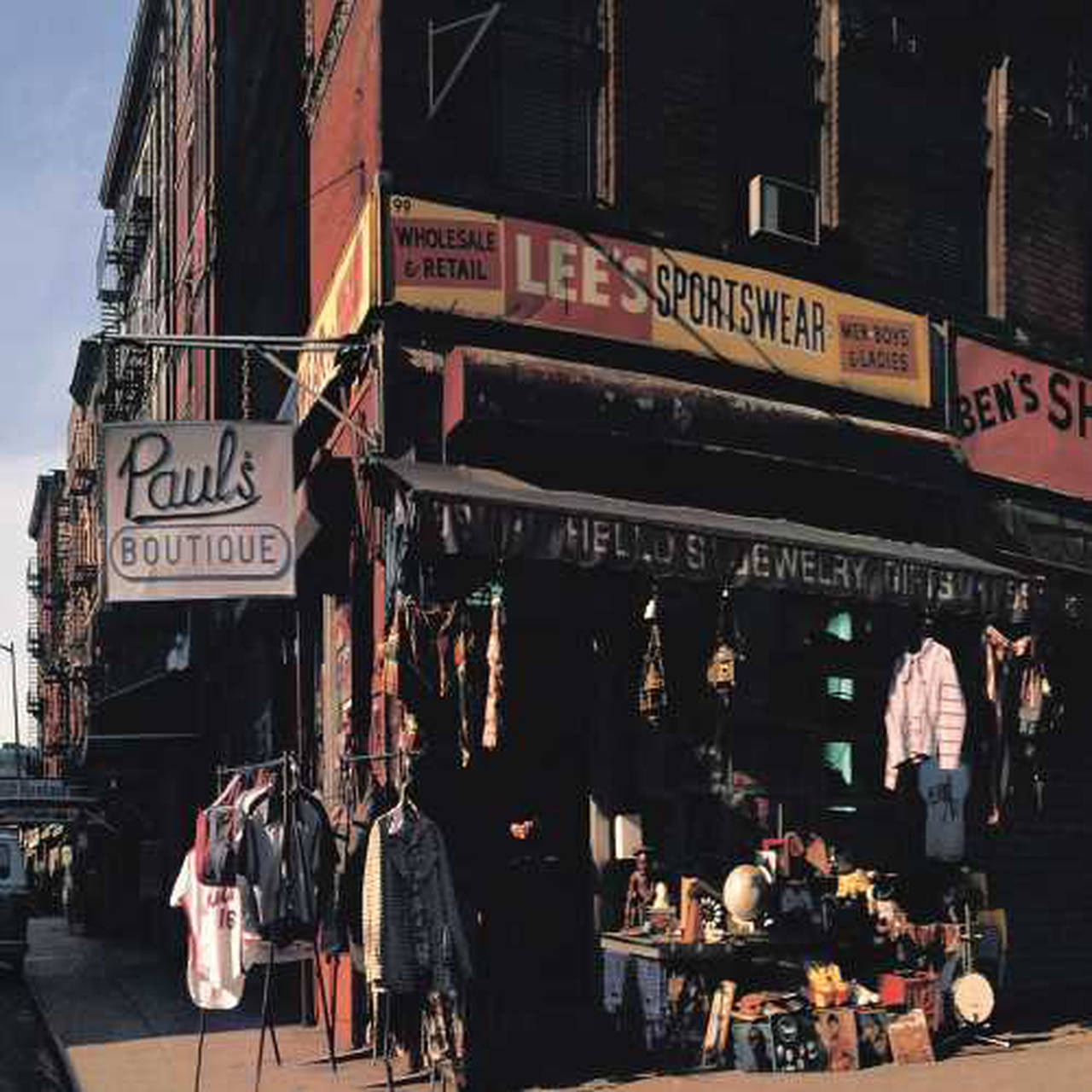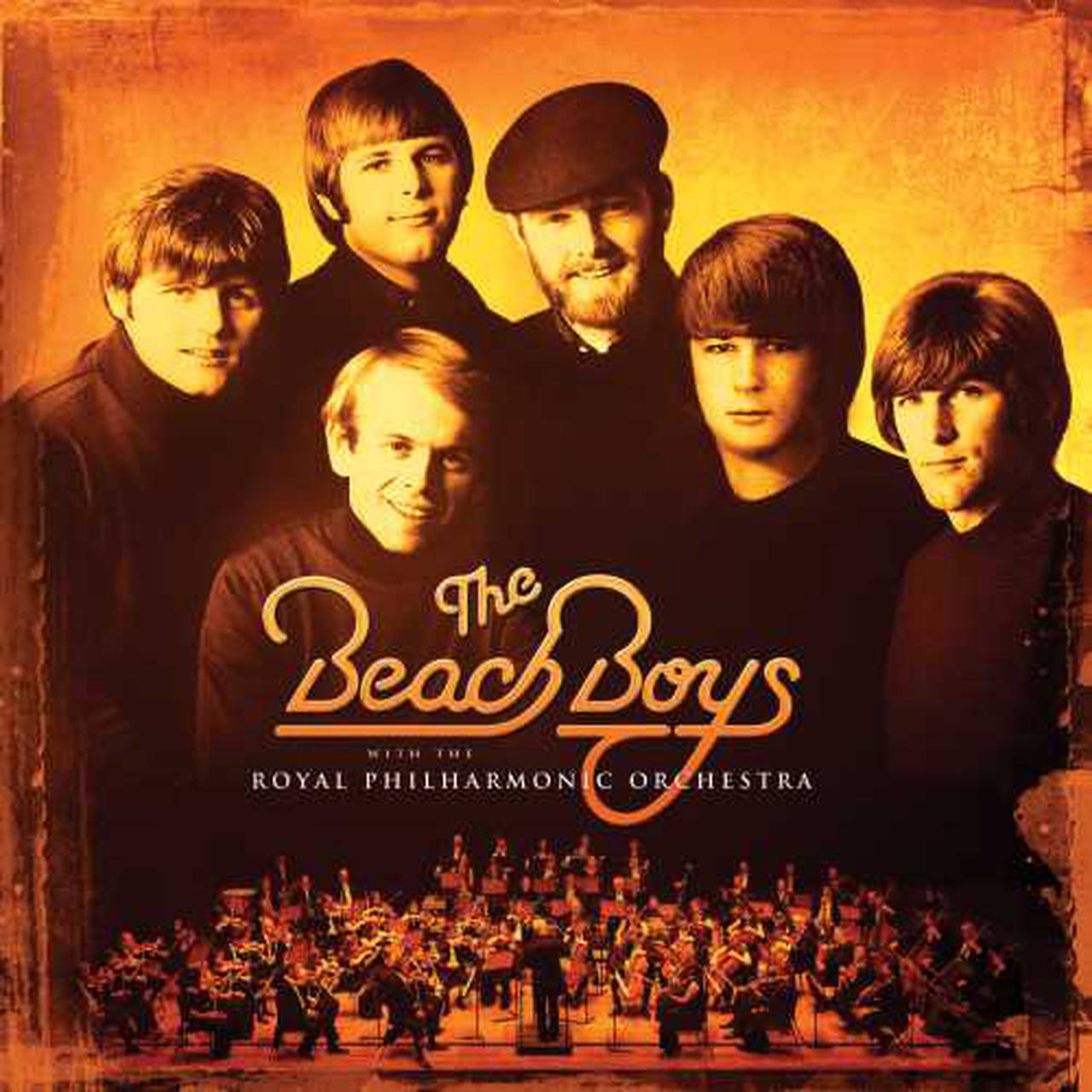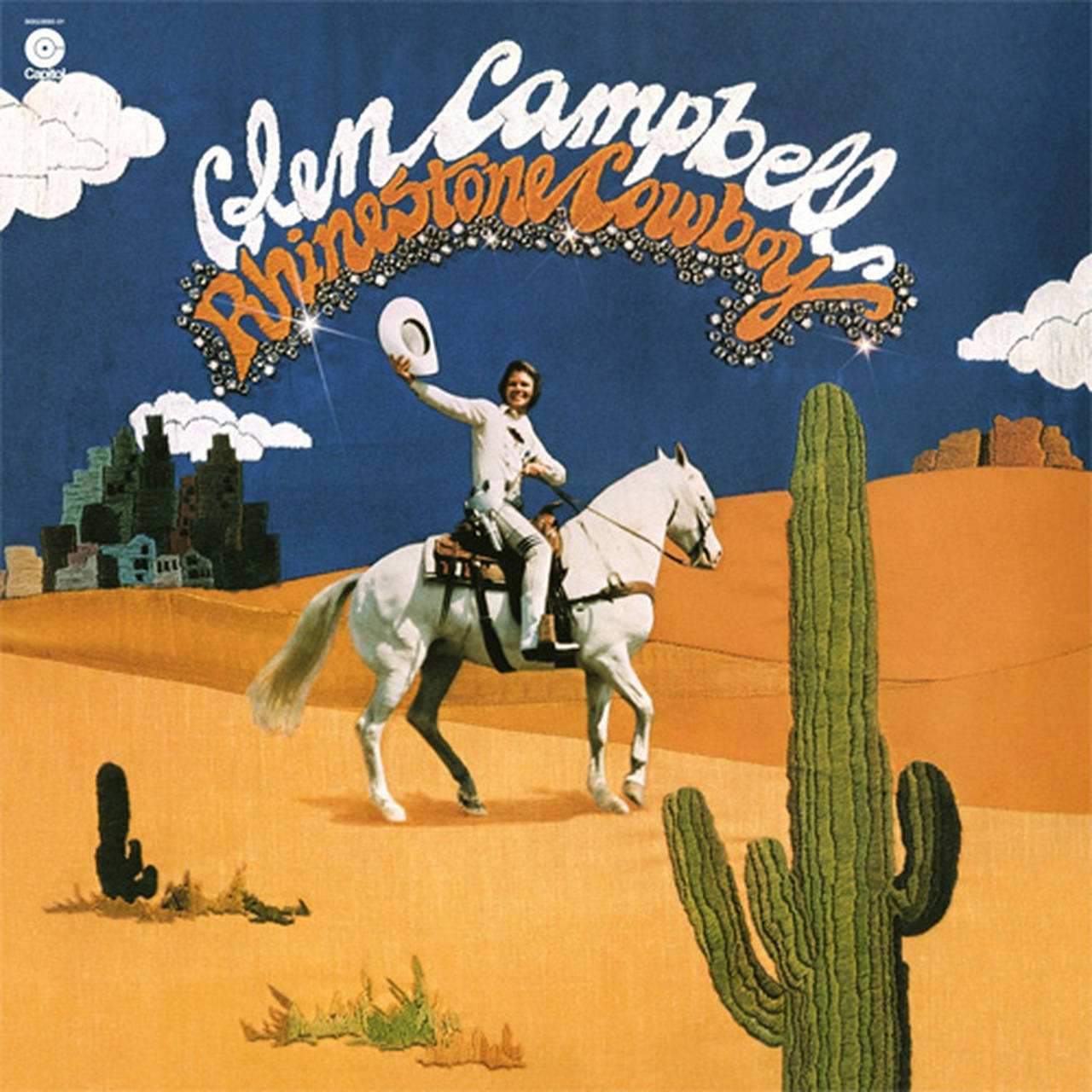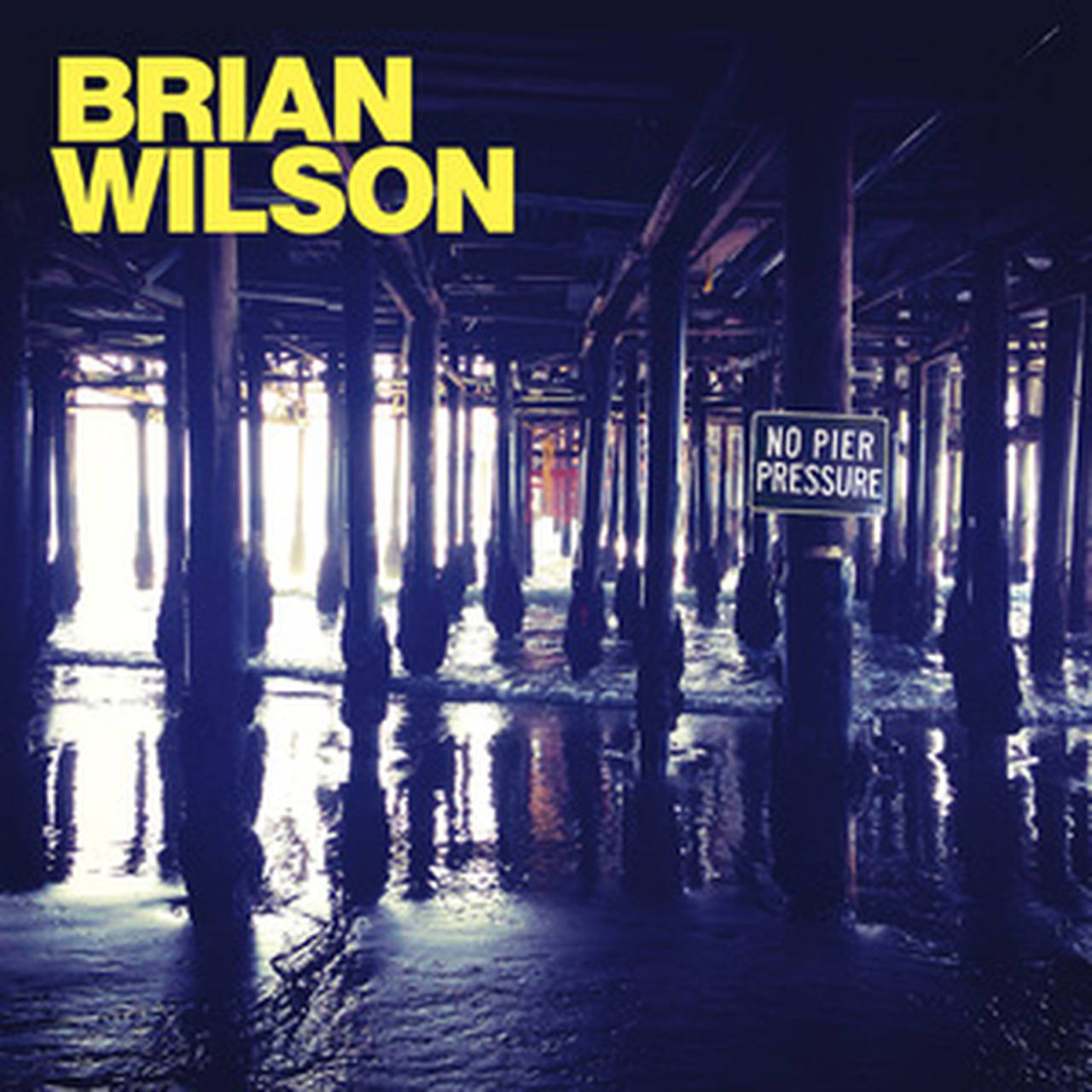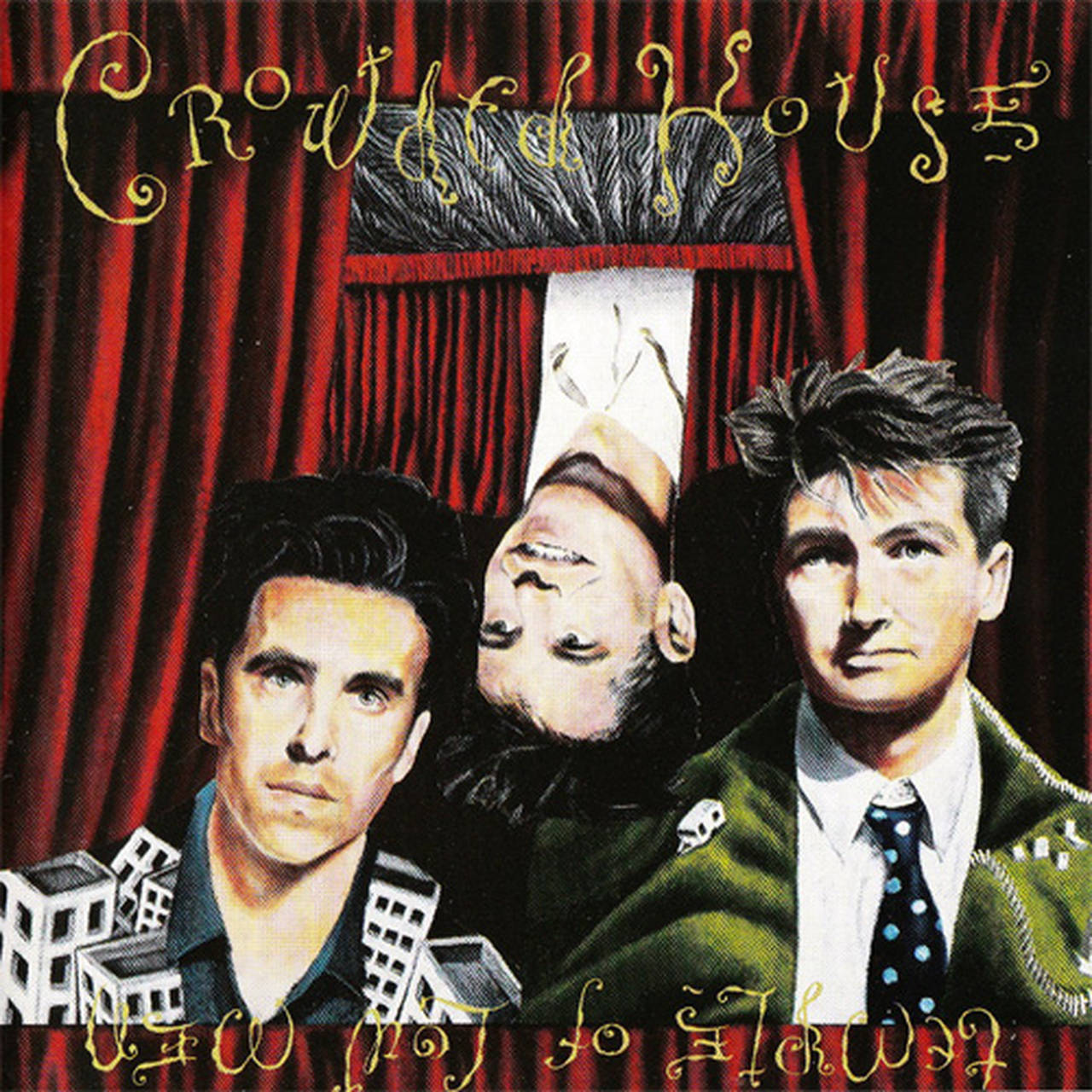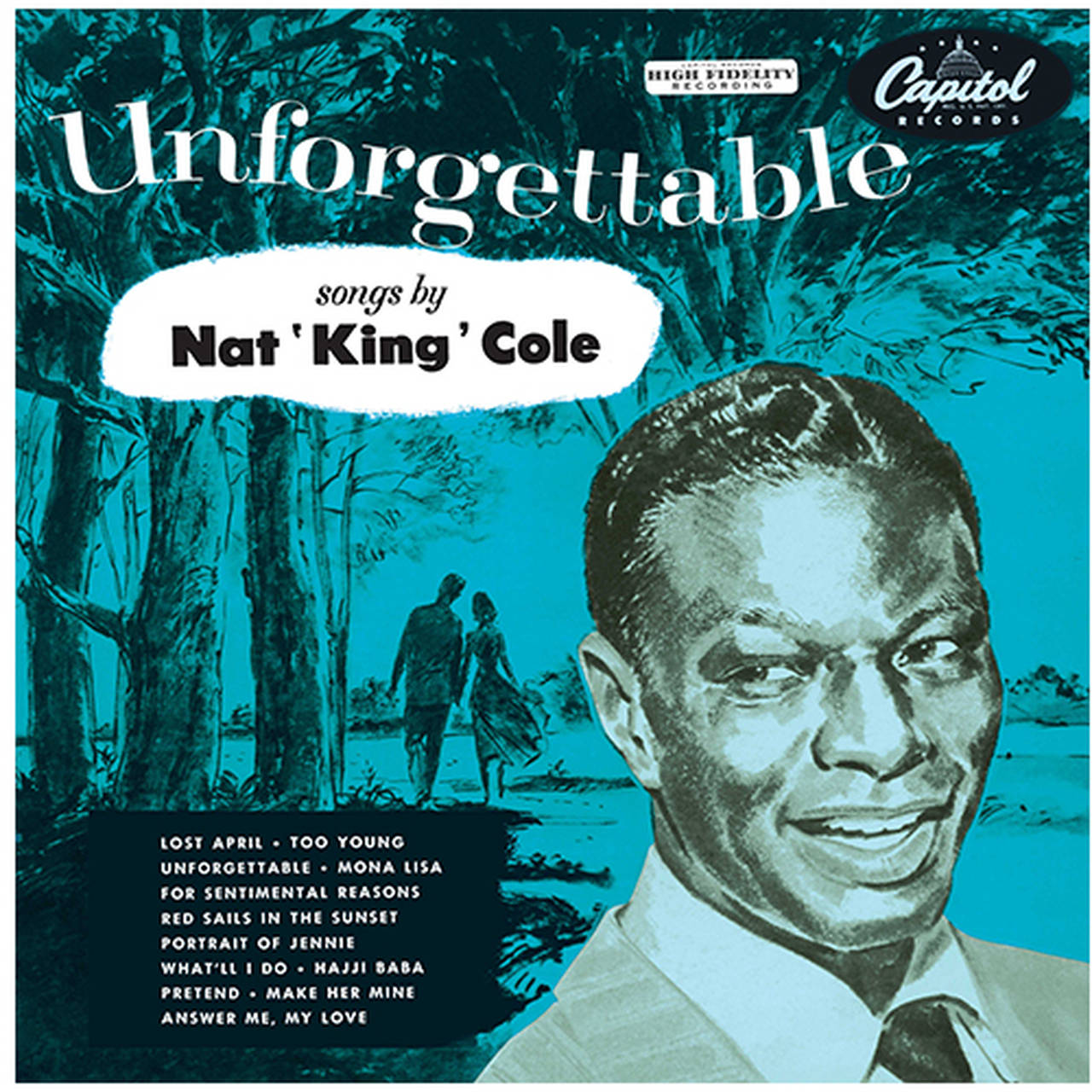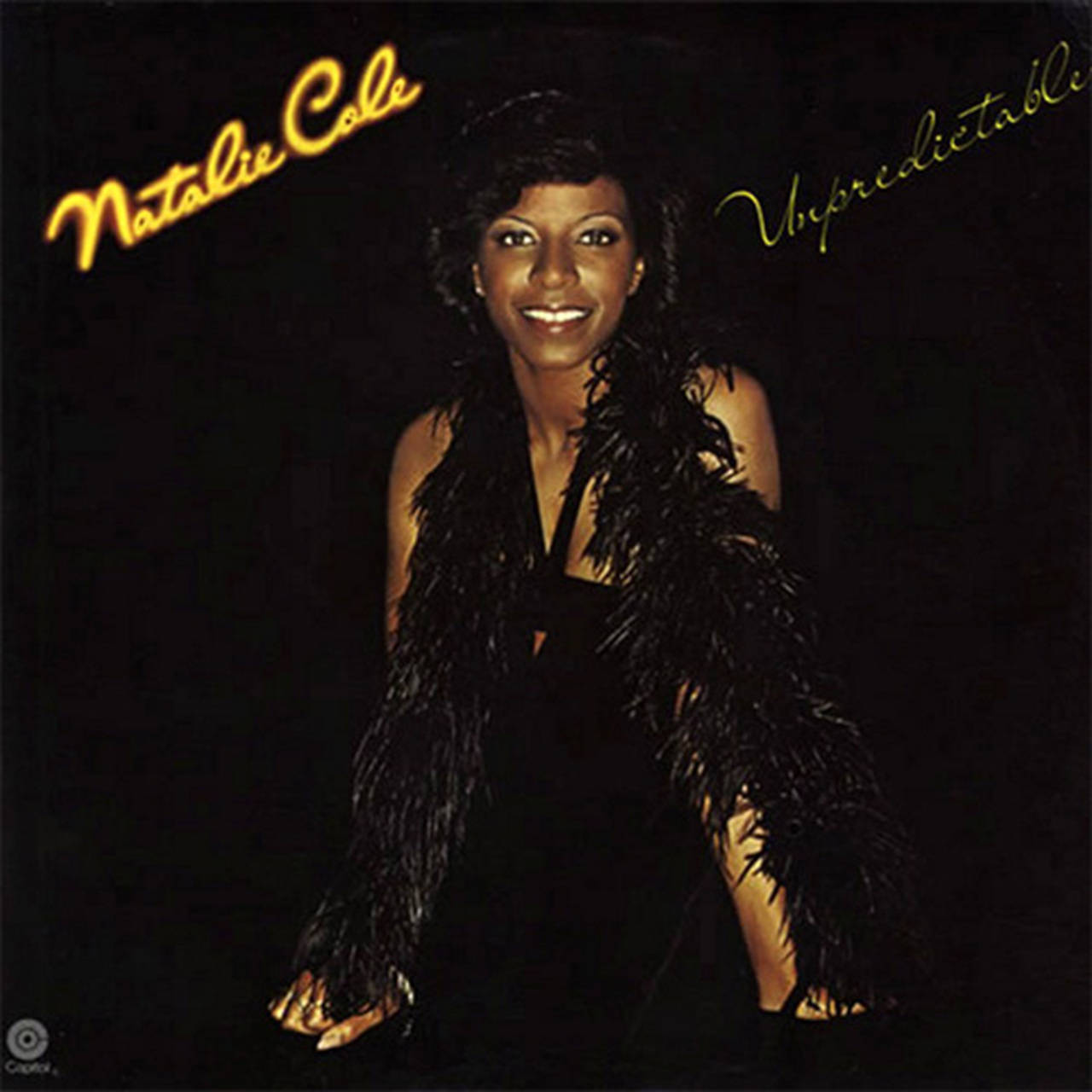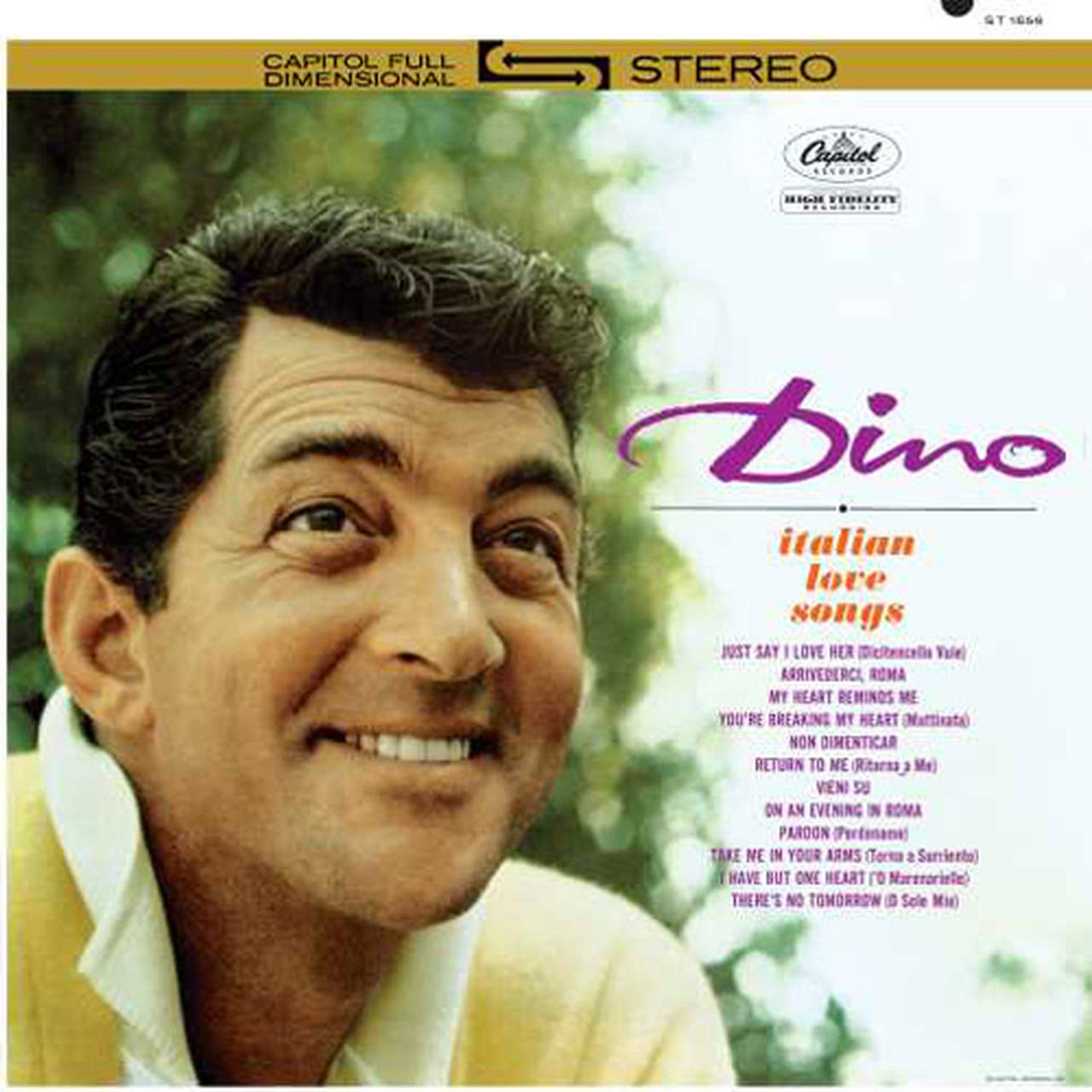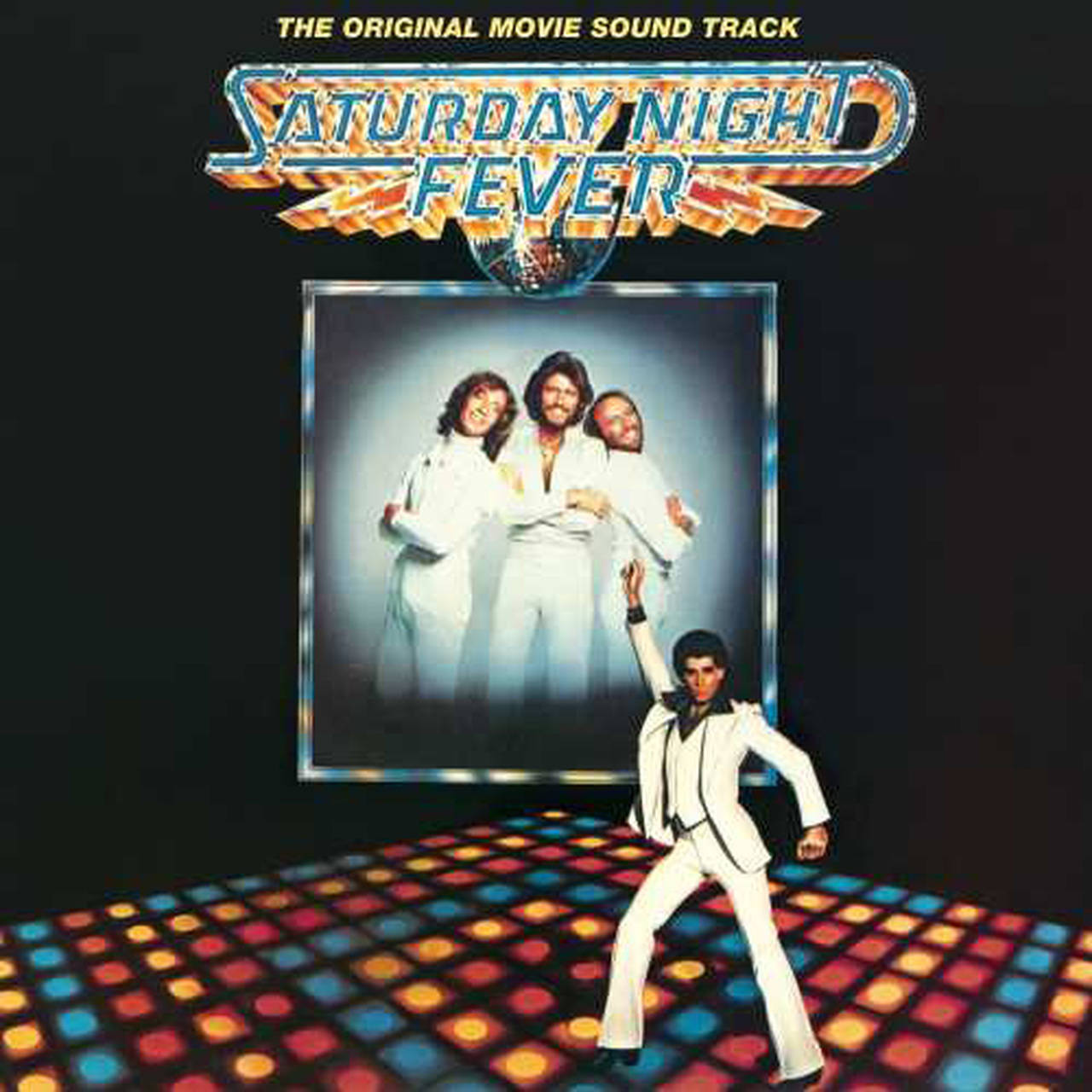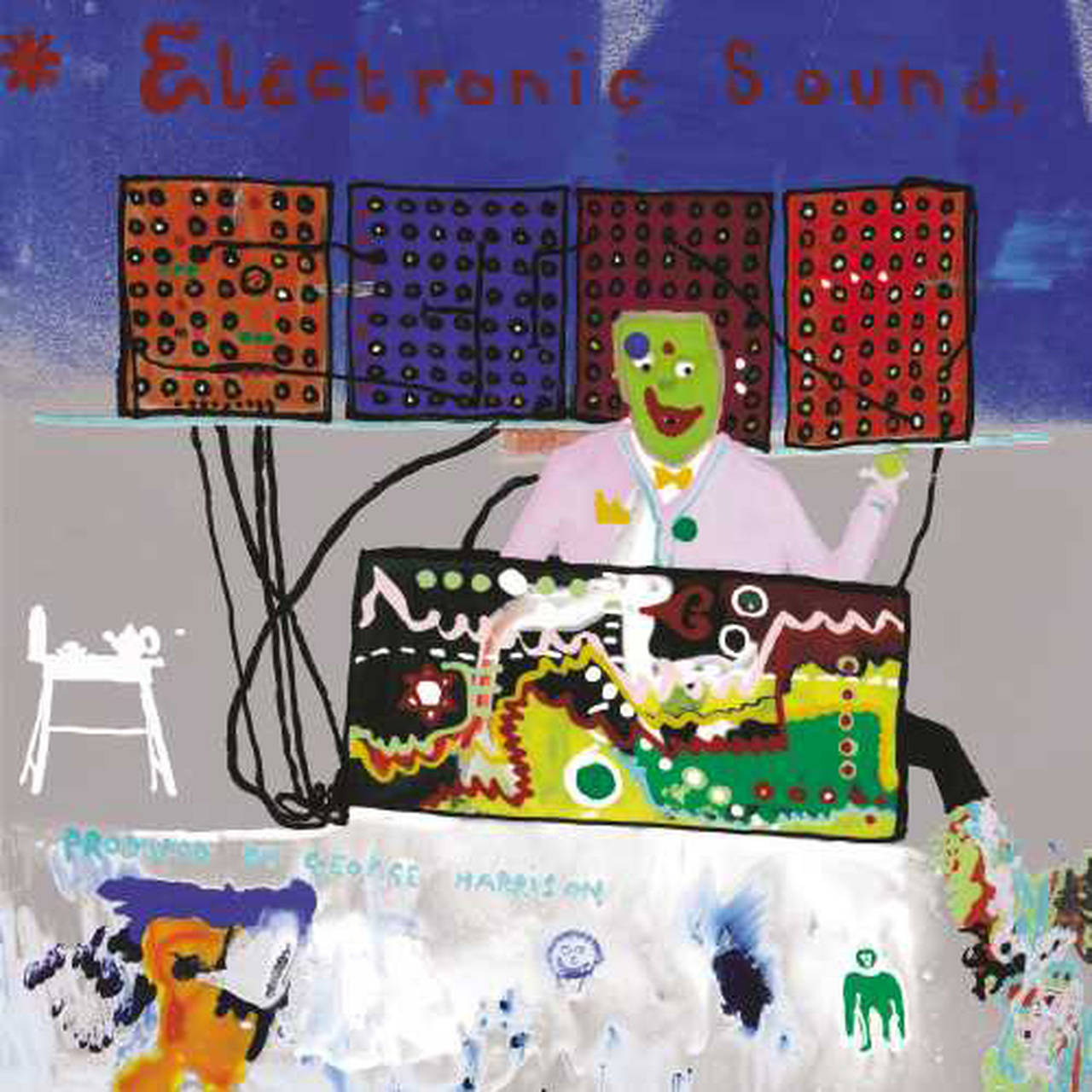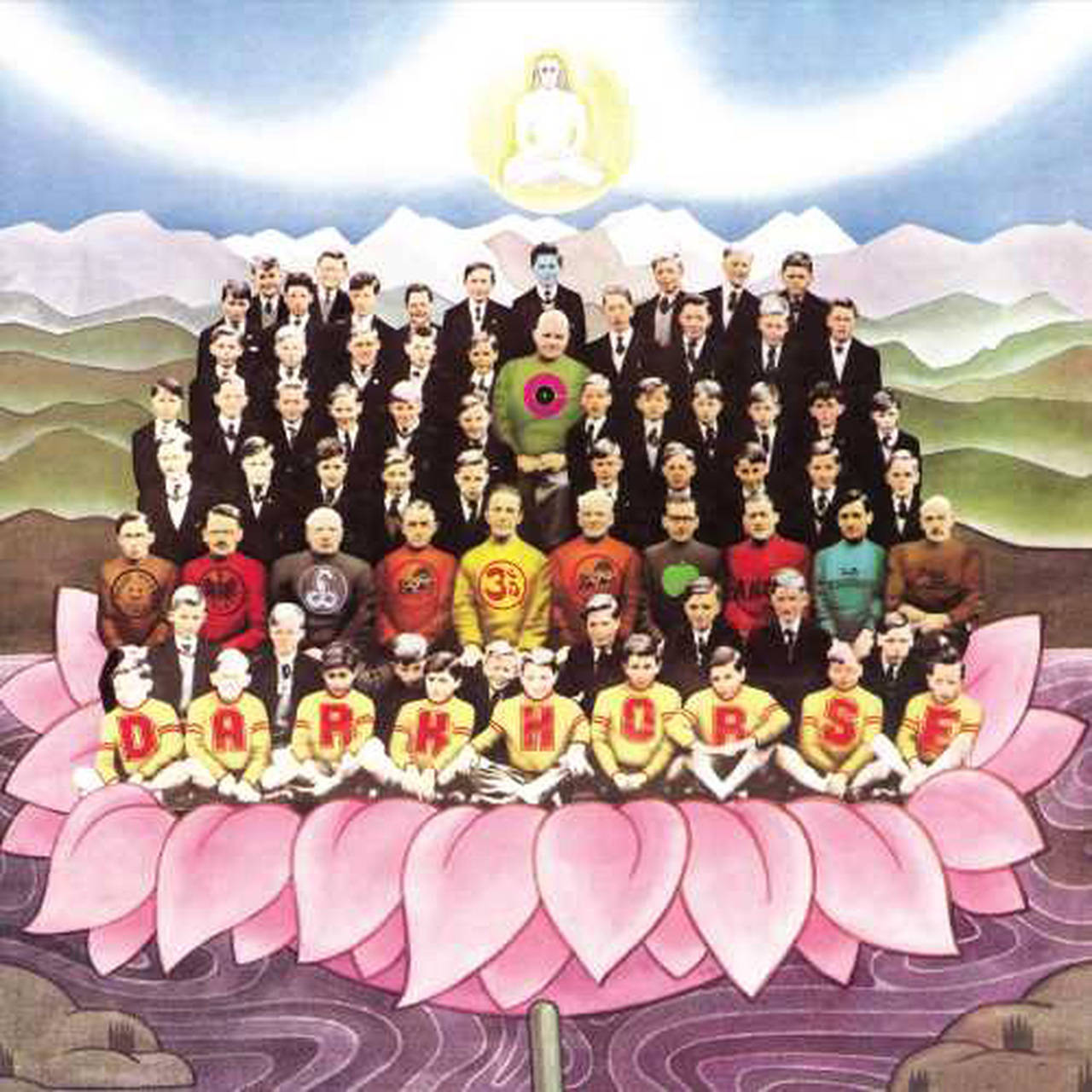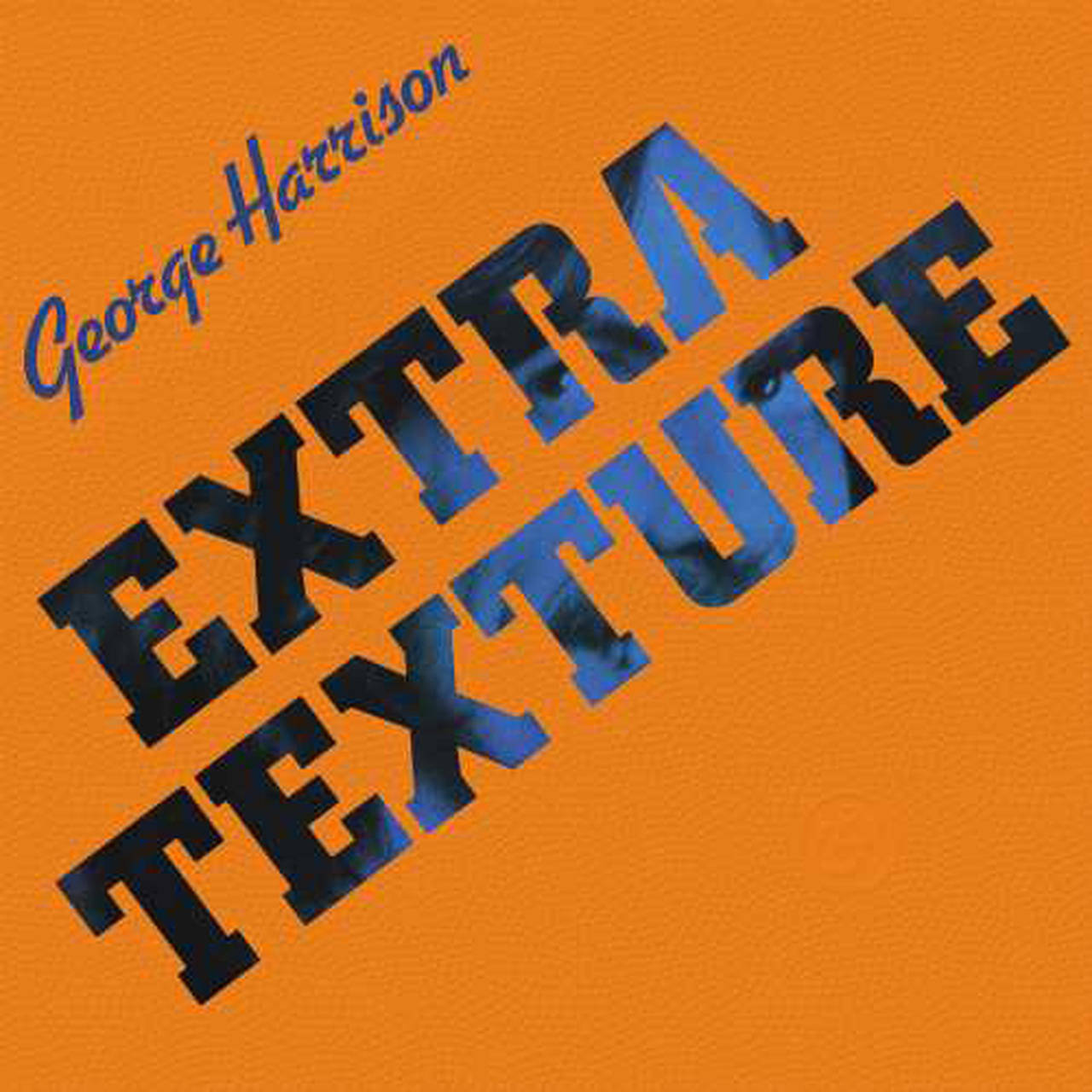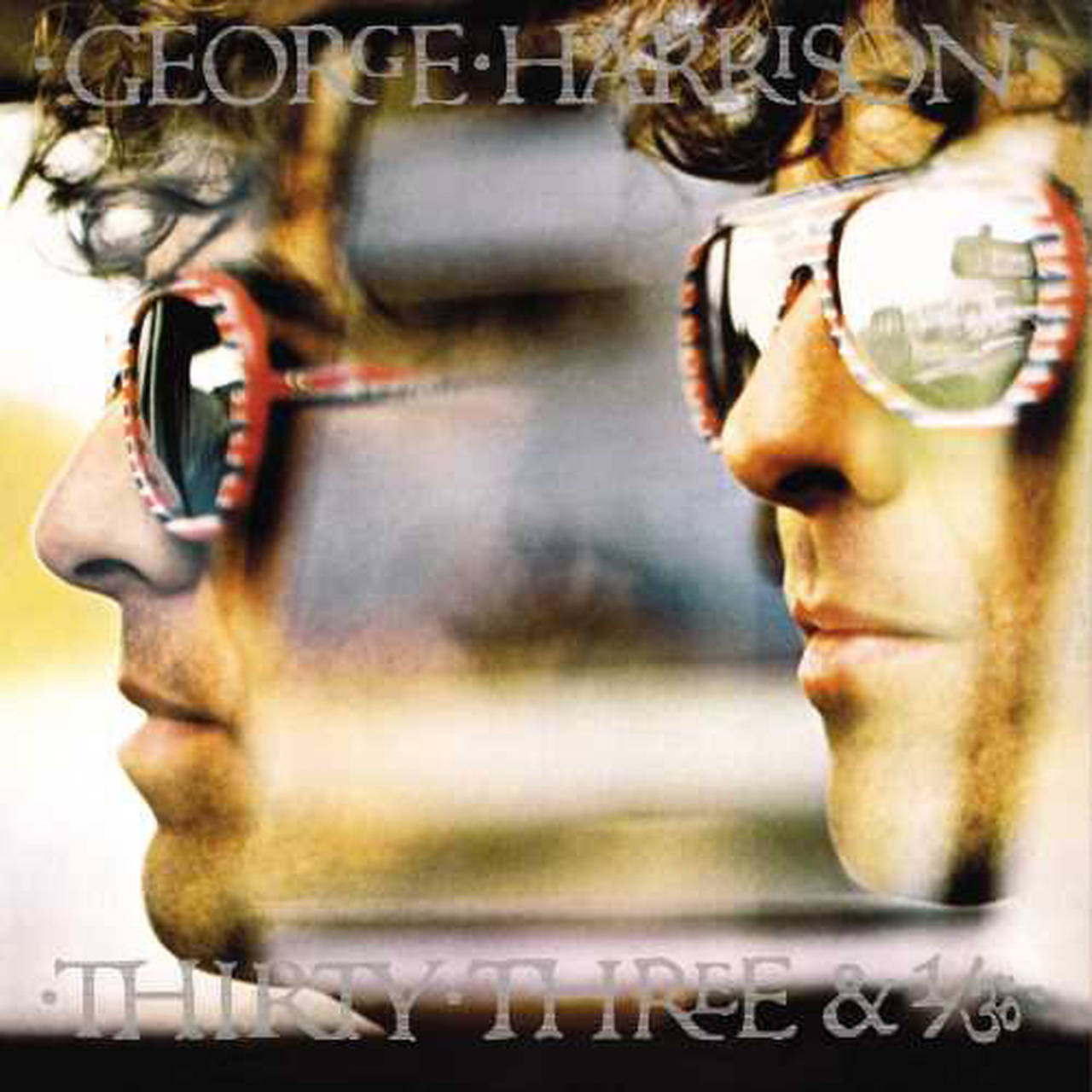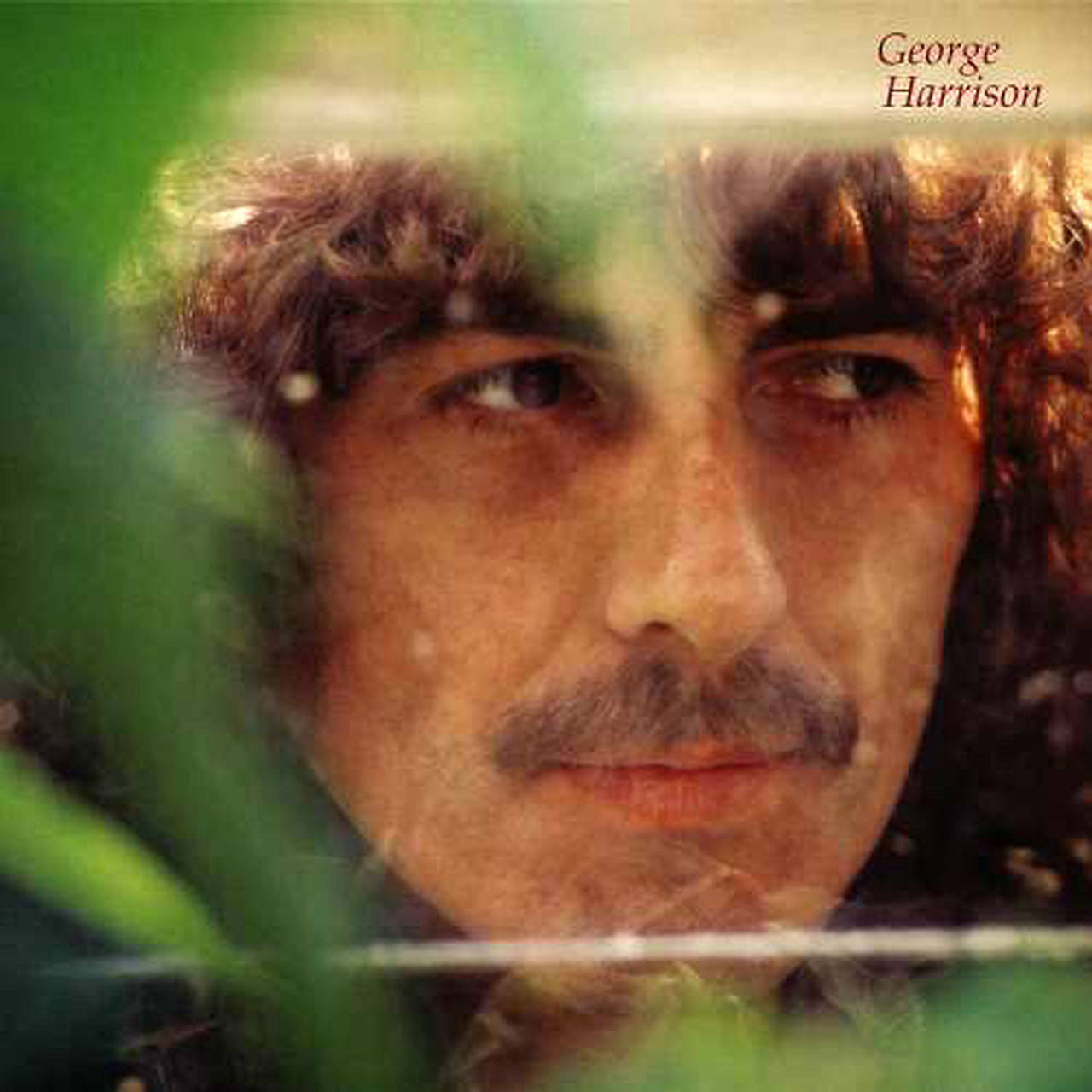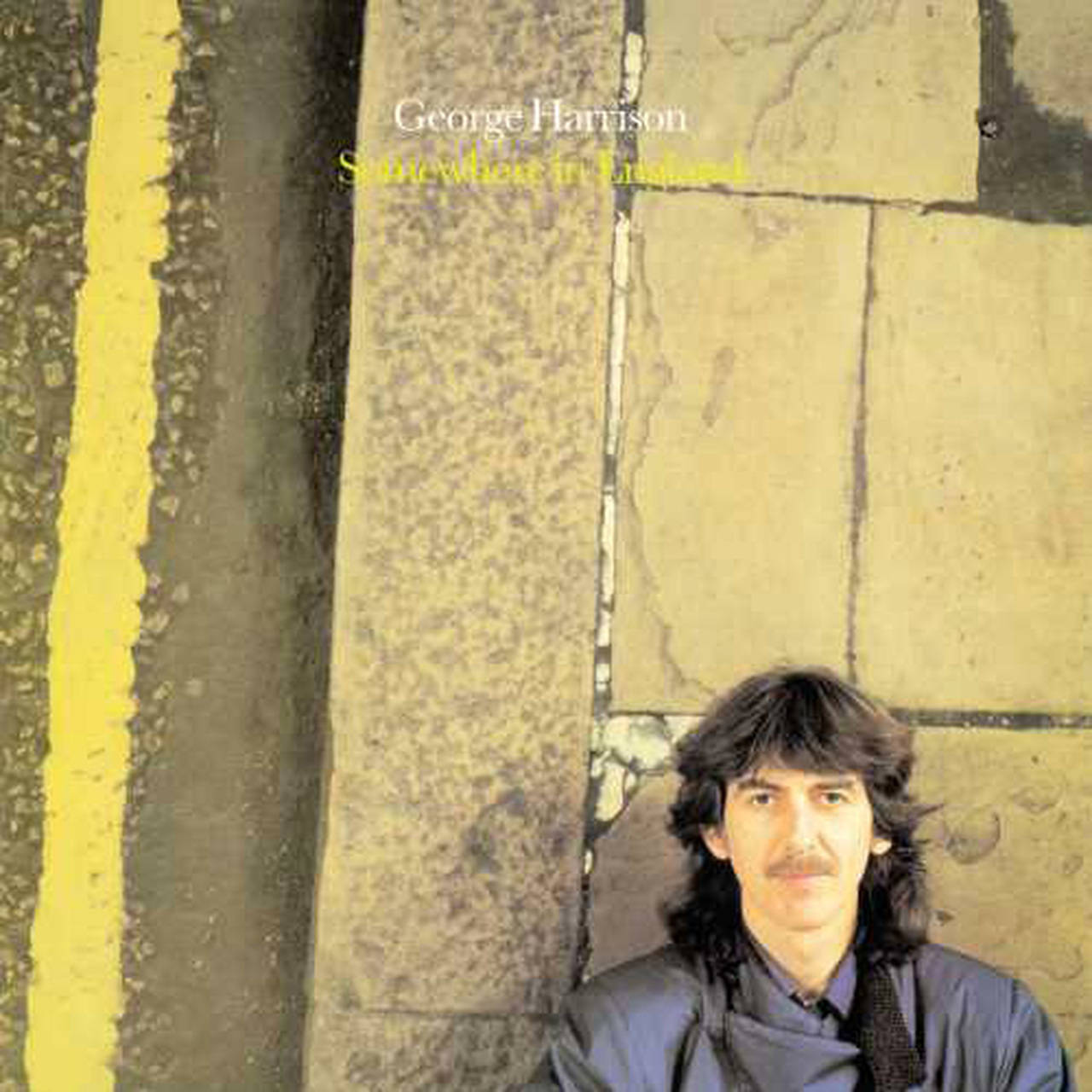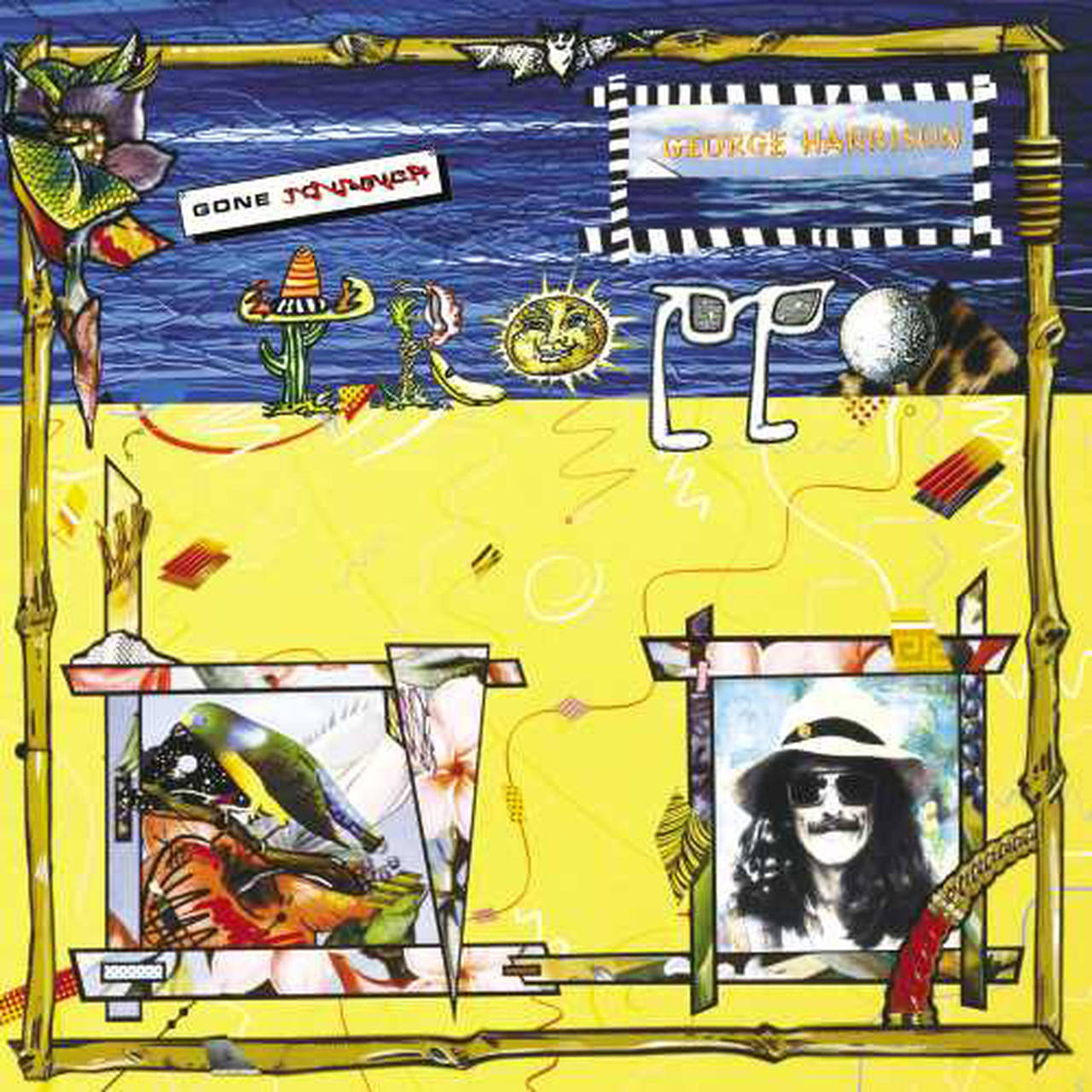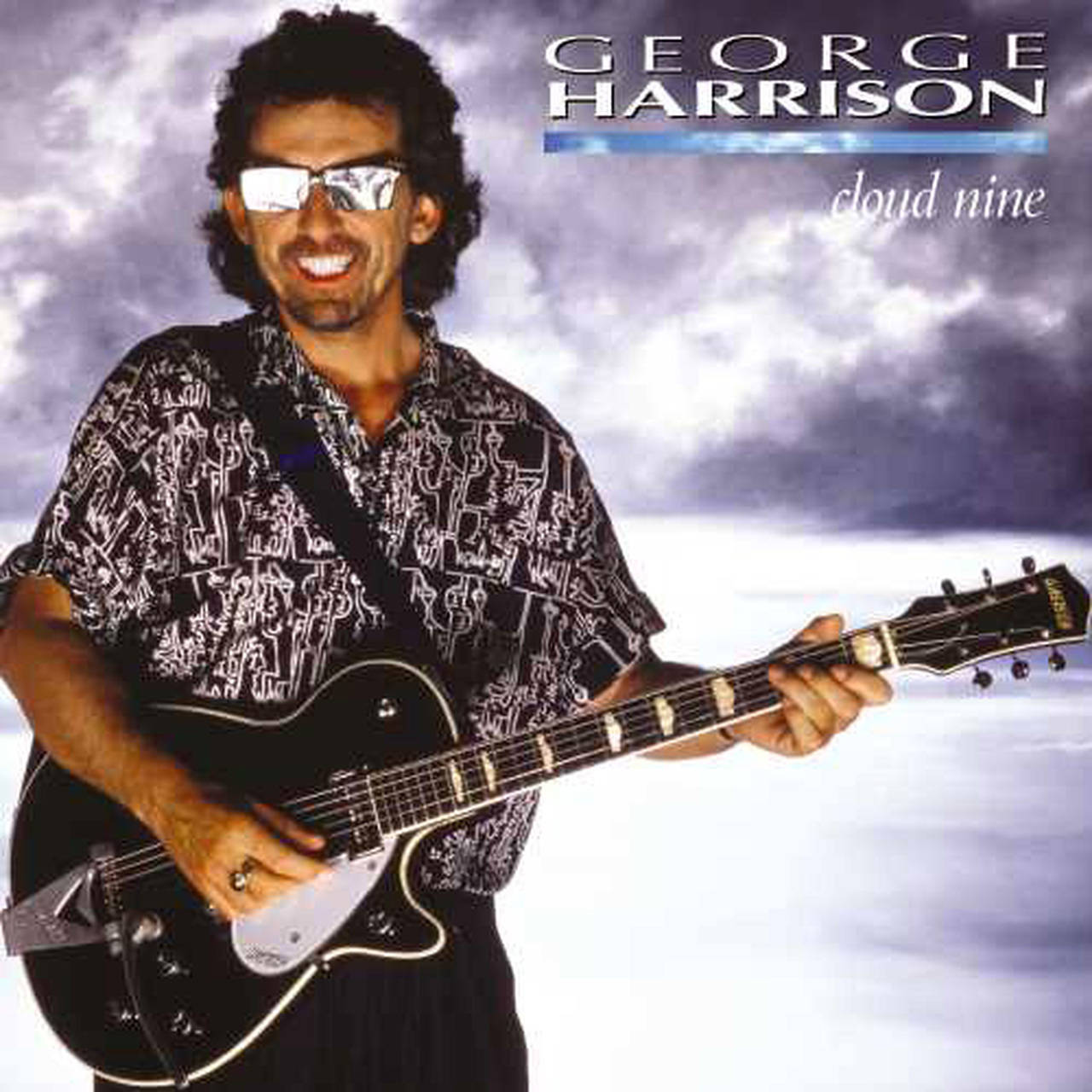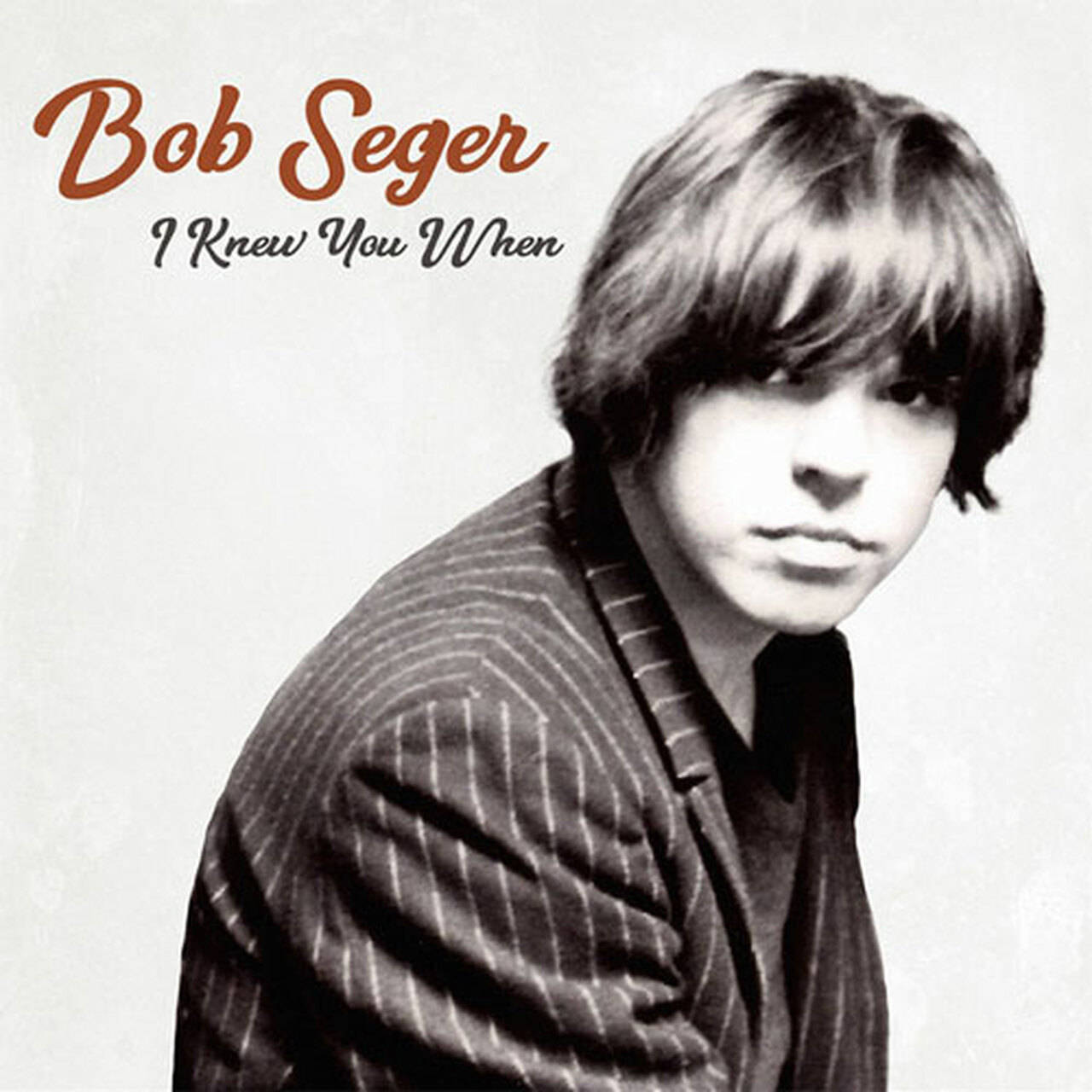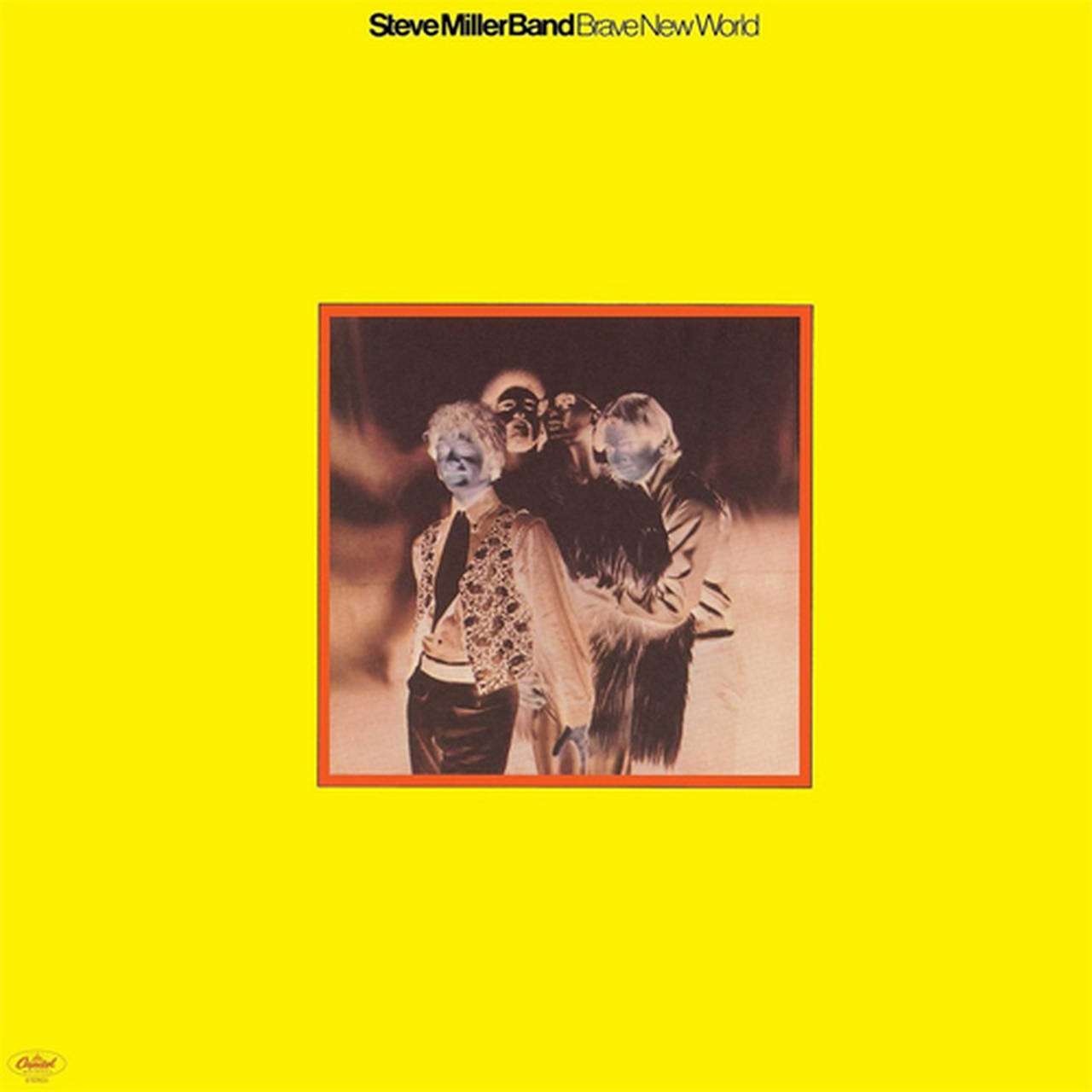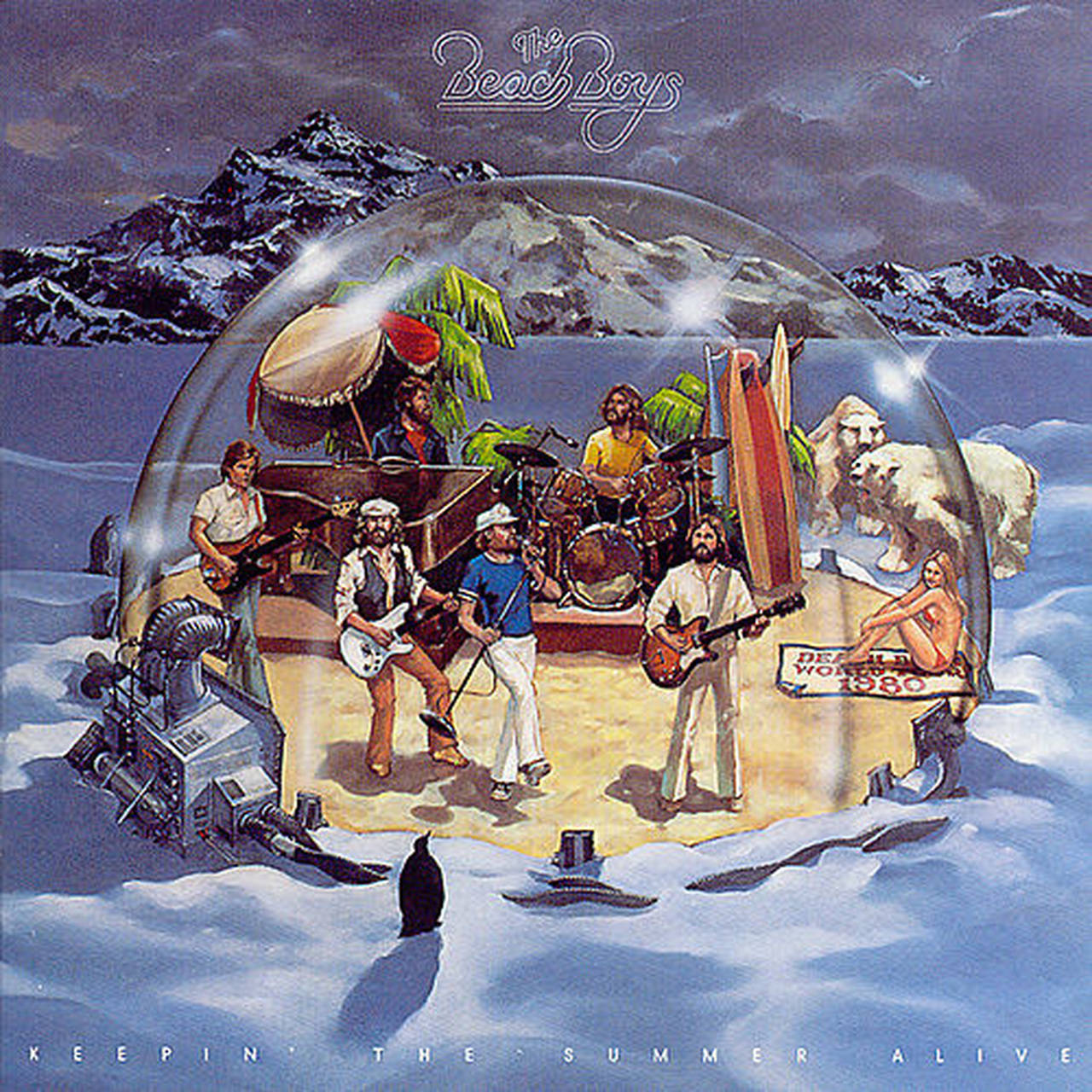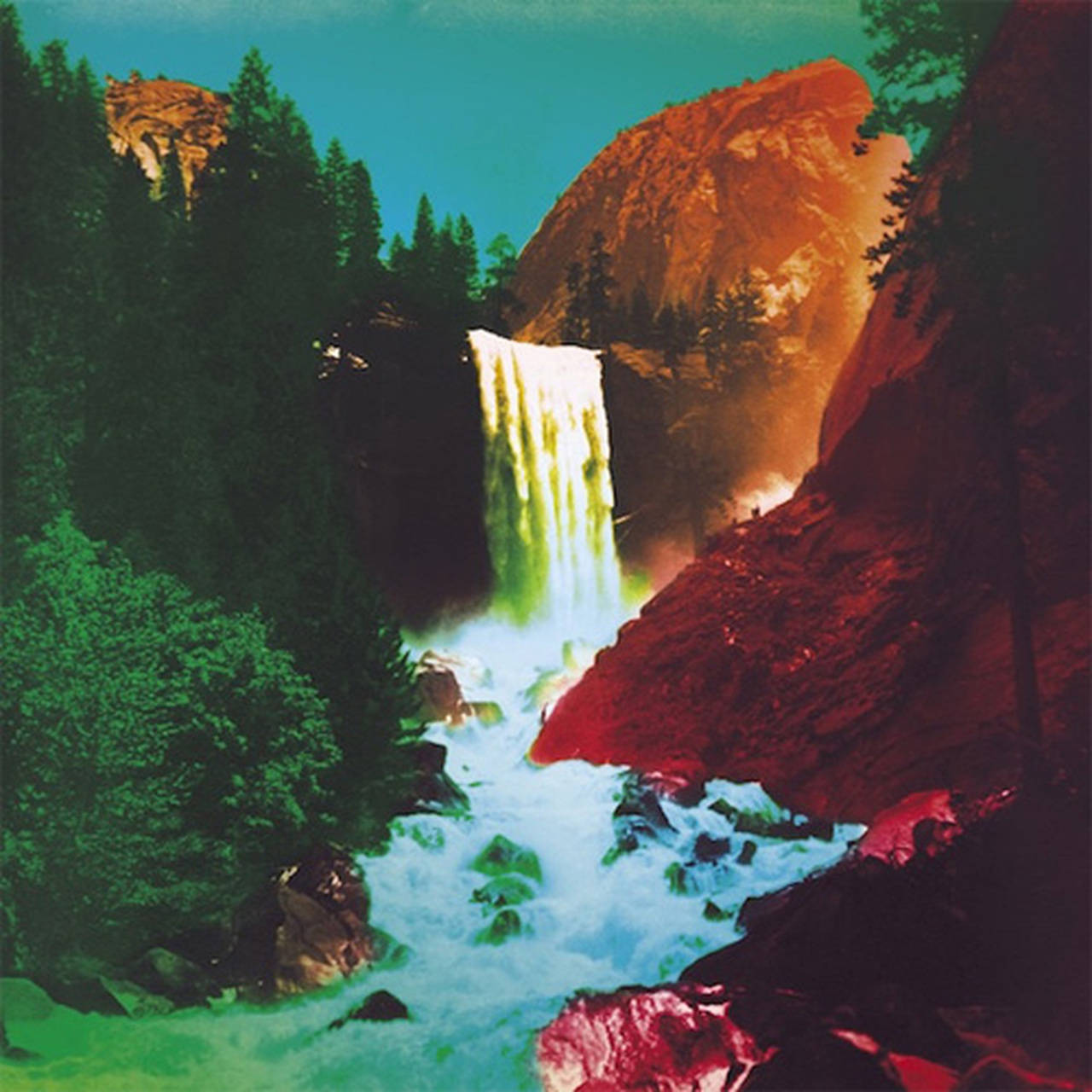Buy The Beatles Abbey Road 180g 3LP Box Set (Vinyl) in United States - Cartnear.com
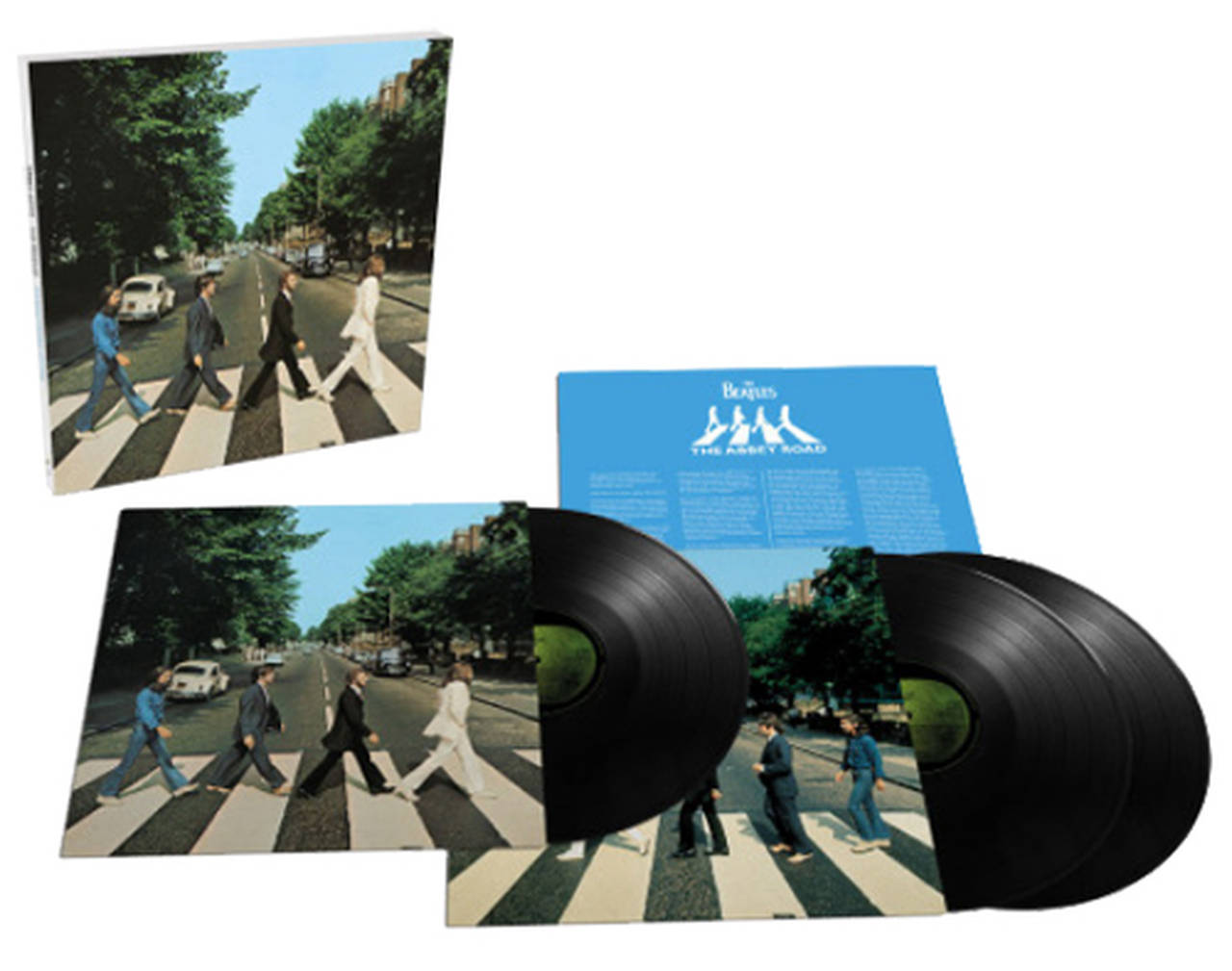
The Beatles Abbey Road 180g 3LP Box Set (Vinyl)
CTNR1820113 CTNR1820113$ 105.83 $ 107.99 2% Off
*Product availability is subject to suppliers inventory
SHIPPING ALL OVER UNITED STATES
100% MONEY BACK GUARANTEE
EASY 30 DAYSRETURNS & REFUNDS
24/7 CUSTOMER SUPPORT
TRUSTED AND SAFE WEBSITE
100% SECURE CHECKOUT
| Genre | Pop Rock |
|---|---|
| Artist | The Beatles |
 Click Here for Video Sample!
Click Here for Video Sample! Michael Fremer Rated 11/10 Music, 10/10 Sonics!
Super Deluxe Edition 180g Vinyl 3LP Box Set!
50th Anniversary Edition With New Mix by Giles Martin & Sam Okell!
Includes Previously Unreleased Studio Outtakes, Demos & Studio Chat!
Rolling Stone 500 Greatest Albums of All Time - Rated 14/500!
Rolling Stone 500 Greatest Songs of All Time - "Something" - Rated 278/500!
It was 50 years ago, on August 8, 1969, that the world's most famous band stepped out from London's EMI Recording Studios to stride, single-file, across the black and white stripes of Abbey Road's nearby zebra crossing. With photographer Iain Macmillan balanced on a stepladder and one policeman stopping the street's light traffic, The Beatles crossed back and forth three times, led by John Lennon, followed by Ringo Starr, Paul McCartney, and George Harrison. Just six photos were taken, with the fifth selected as the cover shot for The Beatles' penultimate studio album, Abbey Road, named after the tree-lined street in which the studios are located. Released September 26, 1969, Abbey Road was not The Beatles' final album, as Let It Be followed in 1970, but it was the last one John, Paul, George, and Ringo recorded together as a band.
This limited edition Deluxe vinyl box set features all 40 tracks from the Super Deluxe collection on three 180-gram vinyl LPs. The albums new stereo mix LP is packaged in a faithfully replicated sleeve, with the two Sessions LPs paired in their own jacket, presented with a four-page insert in a lift-top box. Giles Martin, working with Sam Okell, from the original eight-track session tapes, was guided by the albums original mix supervised by his father, George Martin.
"The magic comes from the hands playing the instruments, the blend of The Beatles' voices, the beauty of the arrangements," Giles Martin explains. "Our quest is simply to ensure everything sounds as fresh and hits you as hard as it would have on the day it was recorded."
This is the first time Abbey Road has been remixed and presented with additional session recordings. The 23 session and demo recordings are presented in chronological order of their first recording dates. "I Want You (She's So Heavy)" leads the charge:
For an overnight session on February 22, 1969, The Beatles were joined at London's Trident Studios by producer George Martin and engineer Glyn Johns to record "I Want You (She's So Heavy)". Abbey Road's new edition combines a take from that session with the concluding part of the Trident master's eight-track reduction mix made later at the EMI studios, revealing for the first time Billy Preston's thrilling overdubbed organ solo. With their amps turned up high, The Beatles received a noise complaint from one of the studio's neighbors in the Soho area of the city. The take starts with Lennon exclaiming, "My boys are ready to go!", before the band is told about the complaint. Lennon replies, "What are they doing here at this time of night?", then lays it down: "Well, we'll try it once more very loud. And then if we don't get it, we'll try it quiet, like it might do it the other way. OK. The loud one, last go. Last chance to be loud!"
In the same month that the raucous Trident session took place, McCartney recorded a home demo of "Goodbye" for the Apple-signed singer Mary Hopkin and Harrison recorded a solo demo of "Something" at EMI Recording Studios. Both demos are featured on Abbey Road's new edition. "Goodbye" makes its release debut. Although previously released on Anthology 3 in a version featuring guitar and vocal, the new anniversary mix of George's "Something" demo features for the first time vocal, guitar and piano.
The Beatles reconvened at EMI's studios and Olympic Sound Studios for sessions spanning mid-April to early May. On April 14, Lennon and McCartney recorded the single "The Ballad Of John And Yoko" in EMI's Studio Three, with Geoff Emerick as the balance engineer. Two days later, the single's B-side, "Old Brown Shoe" was recorded. Session recordings for these tracks, as well as three more songs started during this period, "Oh! Darling", "Octopus's Garden" and "You Never Give Me Your Money" are featured in Abbey Road's anniversary edition.
The remainder of Abbey Road's sessions took place in July and in August with George Martin producing, and with principal engineers Geoff Emerick and Phil McDonald taking turns at EMI's groundbreaking new mixing console, the TG12345. On July 2, 3 and 4, McCartney, Harrison, and Starr recorded "Golden Slumbers"/"Carry That Weight" as a medley (Lennon was hospitalized in Scotland, recuperating after a car accident). A sequence of Takes 1-3 from the first day's session is featured in the anniversary edition. Take 9 from McCartney, Harrison, and Starr's backing track session for "Here Comes The Sun" on Starr's July 7 birthday is also included.
On July 21, 22, and 23, The Beatles were in-studio to record Come Together, followed by additional sessions on July 25, 29 and 30. The anniversary edition features Take 5. On July 23, The Beatles began recording "The End", which, along with McCartney's timeless couplet "And in the end, the love you take / Is equal to the love you make" features Starr's only drum solo on a Beatles recording. Take 3 is included in Abbey Road's new edition. The next day, just before the band's 34-take session for "Sun King" and "Mean Mr Mustard", McCartney cut a quick studio demo for "Come And Get It" later a hit for the Apple-signed band Badfinger. The demo's original 1969 stereo mix, made with McCartney and Lennon present in the control room, is released for the first time in the new edition, as is Take 20 from The Beatles' "Sun King" and "Mean Mr Mustard" session. On July 25, two more songs, "Polythene Pam" and "She Came In Through The Bathroom Window", were recorded as one for inclusion in the album's epic medley. Take 27 from that session is featured on the new edition.
After Harrison had transported his rare and cumbersome Moog synthesizer to the studios, four songs received Beatle-played synthesizer parts: "I Want You (She's So Heavy)" (Lennon), "Maxwell's Silver Hammer" (McCartney), and "Here Comes The Sun" and "Because" (Harrison). This was a very early use of the newly-invented instrument on a pop record. George Martin wrote arrangements for several tracks that were recorded in Studio One toward the end of the sessions in August 1969. The original overdubbed recordings of Martin's scores for "Something" and "Golden Slumbers"/"Carry That Weight" are included in Abbey Road's anniversary edition.
August 20, 1969 was the last time The Beatles were together as a band at the EMI studios, for an evening session to compile Abbey Road's master tapes. The album's sides were sequenced, with "Come Together" opening Side 1, and with the medley of "You Never Give Me Your Money", "Sun King", "Mean Mr Mustard", "Polythene Pam", "She Came In Through The Bathroom Window", "Golden Slumbers", "Carry That Weight" and "The End" placed on Side 2. "The Long One", a different trial edit and mix of the medley, including "Her Majesty" (ultimately placed 14 seconds after "The End" as an unlisted, hidden track) is included in Abbey Road's new edition.
The deluxe 3 LP vinyl box set includes two LPs of live takes from the sessions as well as home demos, Lennon's 'The Ballad of John and Yoko' and McCartney's 'Goodbye' home demo that became a Mary Hopkin hit that I didn't know (so sue me). Hearing these songs performed live minus studio overdubs and embellishments is a genuine thrill and enhancement to the pleasures of listening to the finished record. Like the 'Esher Demos' from The Beatles, these 2 LPs are not the kind of 'play once' curiousity that often gets packaged with 'the goods'. These are part of 'the goods' that you will surely play repeatedly and maybe even sing along with when the space for vocals opens up.
Sonically, the track-to-track differences are heard less as a total facelift and more as a brilliant refresh, the new edition eliciting more tonal color, density, and detail. Images are spread more equitably and discretely across the soundspace, with less overlap and smear. Vocals are more engraved in their own ambient space, and bass and drums are more articulate. 'Come Together' provides a weightier, 'heavier' impact, as does the entire side two medley. It's a more balanced mix, as in 'Here Comes The Sun,' where the earlier hard-panning of George's vocal is tweaked and the focus of the instrumentation moves closer to center stage. The additional session and demos provide a treasure trove of minutiae and curiosities for Beatles enthusiasts.
Features
- Super Deluxe Edition
- 50th Anniversary Edition
- 3LP Box Set
- 180g Vinyl
- Lift-top box
- 4-page insert
- Abbey Road LP - Brand new stereo mix by Giles Martin and Sam Okell
- 2 LPs of previously unreleased studio outtakes, demos and studio chat
- Remixed and remastered from original 8 track tapes
- Made in Germany
Selections
Abbey Road (2019 Stereo Mix)
Side One
- Come Together
- Something
- Maxwell's Silver Hammer
- Oh! Darling
- Octopus's Garden
- I Want You (She's So Heavy)
Side Two:
- Here Comes The Sun
- Because
- You Never Give Me Your Money
- Sun King
- Mean Mr. Mustard
- Polythene Pam
- She Came In Through The Bathroom Window
- Golden Slumbers
- Carry That Weight
- The End
- Her Majesty
Sessions
Side One:
- I Want You (She's So Heavy) (Trident Recording Session & Reduction Mix)
- Goodbye (Home Demo)
- Something (Studio Demo)
- The Ballad Of John And Yoko (Take 7)
- Old Brown Shoe (Take 2)
Side Two:
- Oh! Darling (Take 4)
- Octopus's Garden (Take 9)
- You Never Give Me Your Money (Take 36)
- Her Majesty (Takes 1-3)
- Golden Slumbers / Carry That Weight (Takes 1-3)
- Here Comes The Sun (Take 9)
- Maxwell's Silver Hammer (Take 12)
Side Three:
- Come Together (Take 5)
- The End (Take 3)
- Come And Get It (Studio Demo)
- Sun King (Take 20)
- Mean Mr. Mustard (Take 20)
- Polythene Pam (Take 27)
- She Came In Through The Bathroom Window (Take 27)
- Because (Take 1 - Instrumental)
Side Four:
- The Long One (Trial Edit & Mix - 30 July 1969)
- Something (Take 39 - Instrumental - Strings Only)
- Golden Slumbers / Carry That Weight (Take 17 - Instrumental - Strings & Brass Only)

